Unless otherwise noted within this book, this book is released under a Creative Commons Attribution 4.0 International License also known as a CC-BY license. This means you are free to copy, redistribute, modify or adapt this book. Under this license, anyone who redistributes or modifies this textbook, in whole or in part, can do so for free providing they properly attribute the book.
Additionally, if you redistribute this textbook, in whole or in part, in either a print or digital format, then you must retain on every physical and/or electronic page the following attribution:
For questions regarding this license, please contact opentext@bccampus.ca . To learn more about the B.C. Open Textbook project, visit http://open.bccampus.ca .
Cover image: Val’s Garden by Carlee Ashton Diabo is used under a CC-BY 4.0 International license (https://creativecommons.org/licenses/by/4.0/).

BC Reads: Adult Literacy Fundamental English - Reader 1 by Shantel Ivits is licensed under a Creative Commons Attribution 4.0 International License, except where otherwise noted.
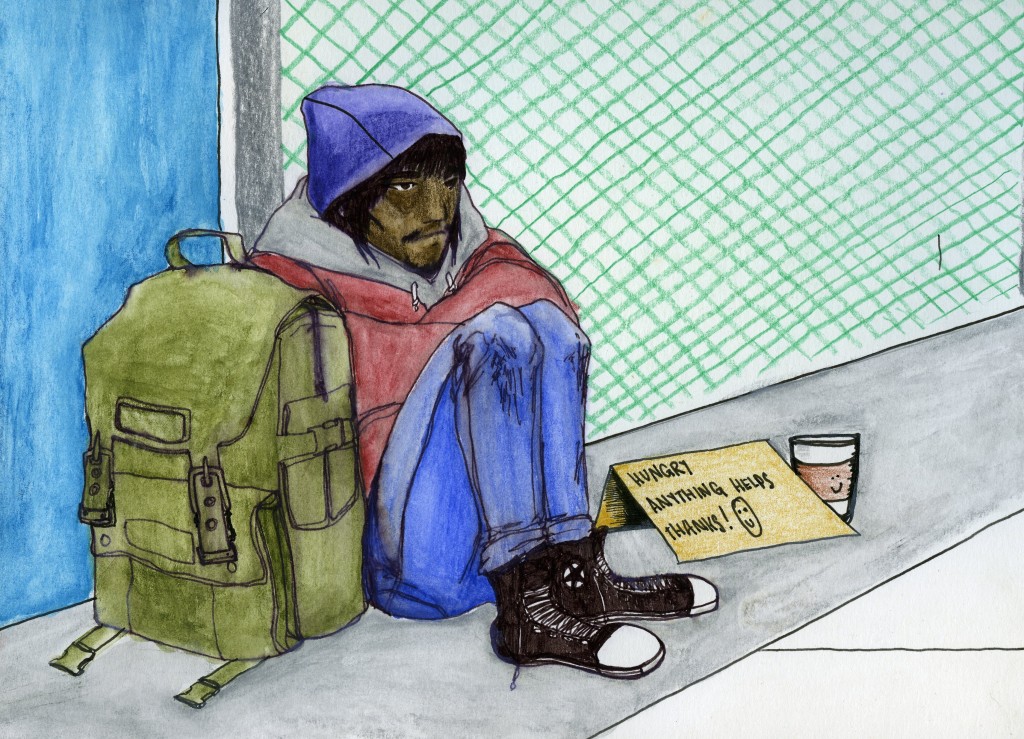
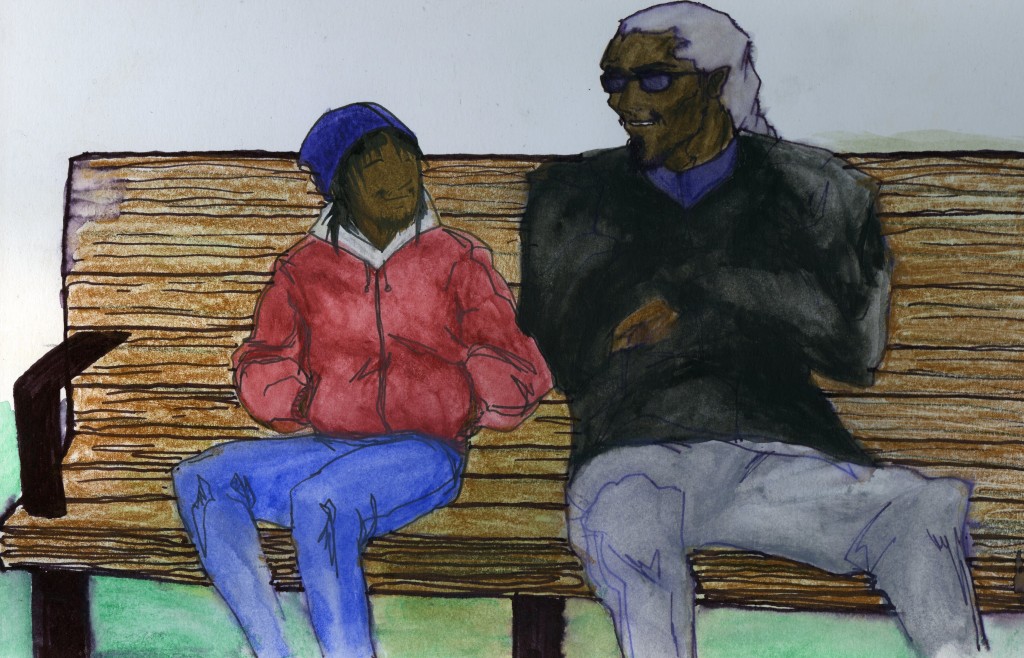 One of the workers at the house is named Dan. Dan is Cree like Max.
One of the workers at the house is named Dan. Dan is Cree like Max.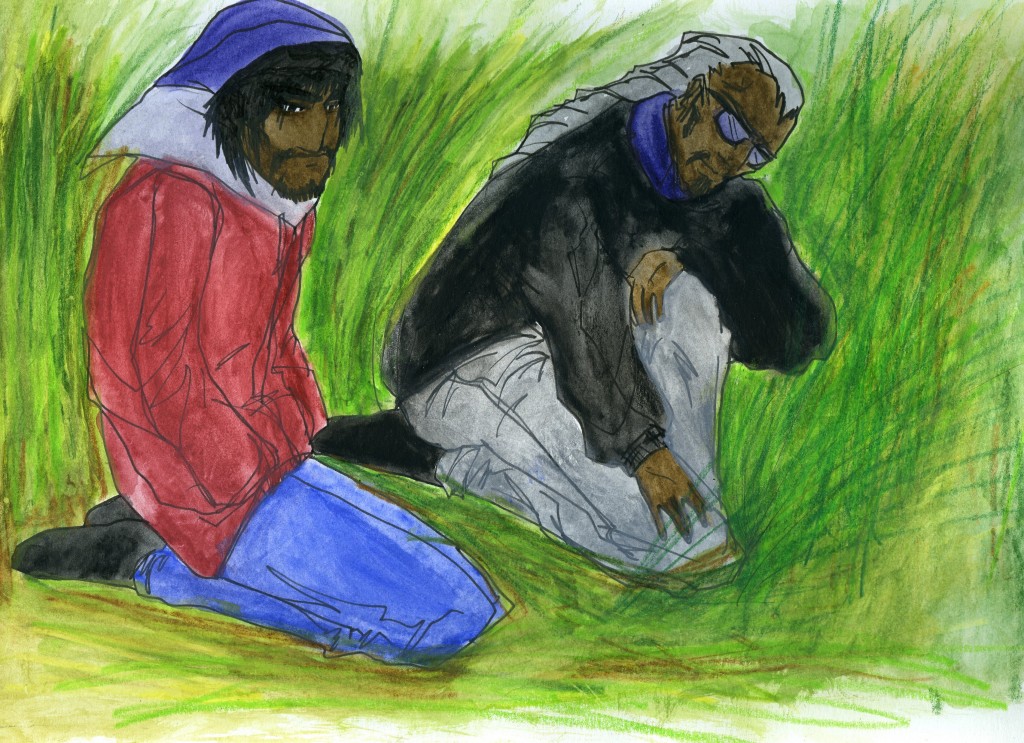 One day, Dan takes Max to pick sweetgrass. They walk out onto the wetland.
One day, Dan takes Max to pick sweetgrass. They walk out onto the wetland.  Dan asks the sweetgrass if he can pick it. Then Dan and Max pick what they need. They leave the roots in the land. This way, the sweetgrass will grow again next year.
Dan asks the sweetgrass if he can pick it. Then Dan and Max pick what they need. They leave the roots in the land. This way, the sweetgrass will grow again next year.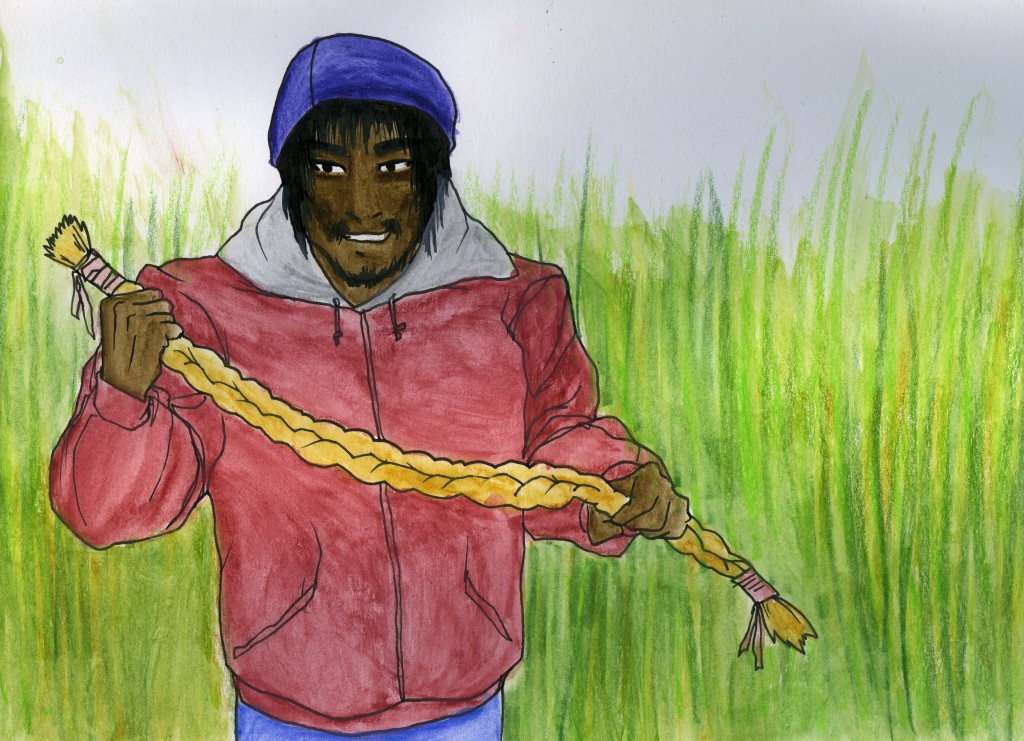 After that, they make the sweetgrass into a braid. Dan tells Max that sweetgrass takes away bad feelings. It makes room for happy feelings. So Max keeps the sweetgrass close.
After that, they make the sweetgrass into a braid. Dan tells Max that sweetgrass takes away bad feelings. It makes room for happy feelings. So Max keeps the sweetgrass close. My grandma has never been on a plane. But she gets on a plane when she is 82 years old. She gets on a plane to see me.
My grandma has never been on a plane. But she gets on a plane when she is 82 years old. She gets on a plane to see me.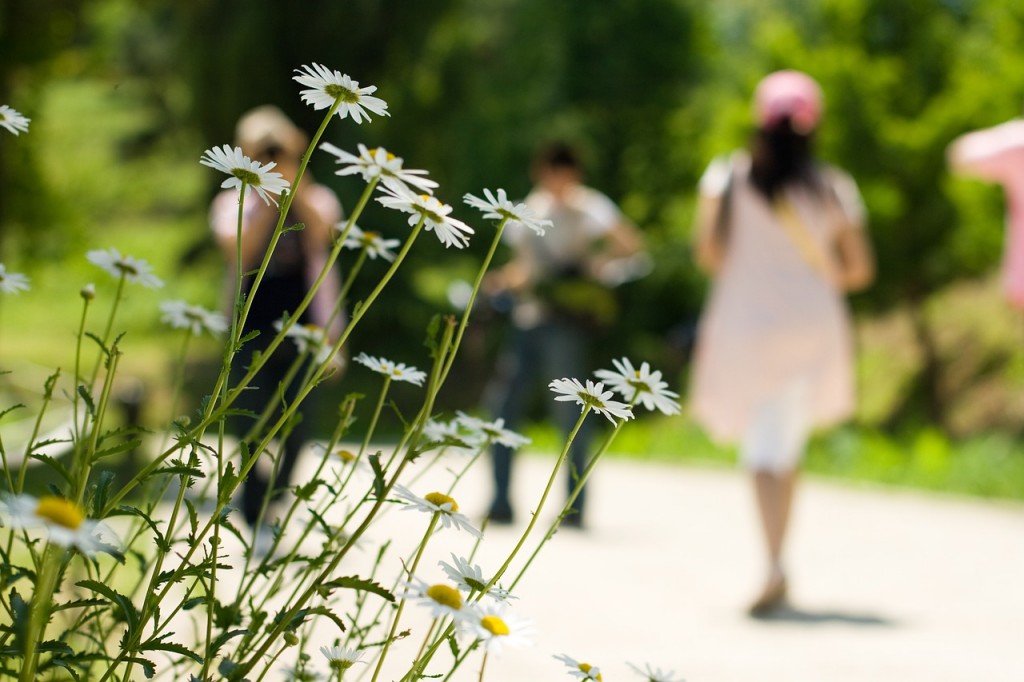
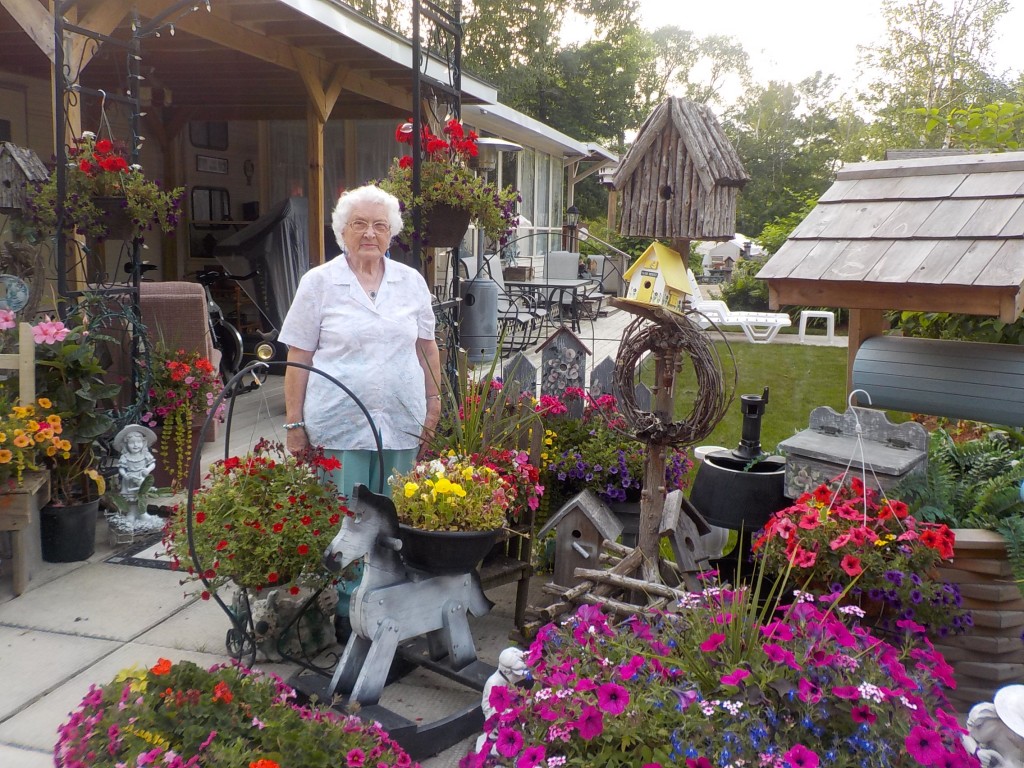 Back home, she has many garden beds. She is in three flower clubs. She puts her plants in flower shows. She knows a lot about flowers.
Back home, she has many garden beds. She is in three flower clubs. She puts her plants in flower shows. She knows a lot about flowers.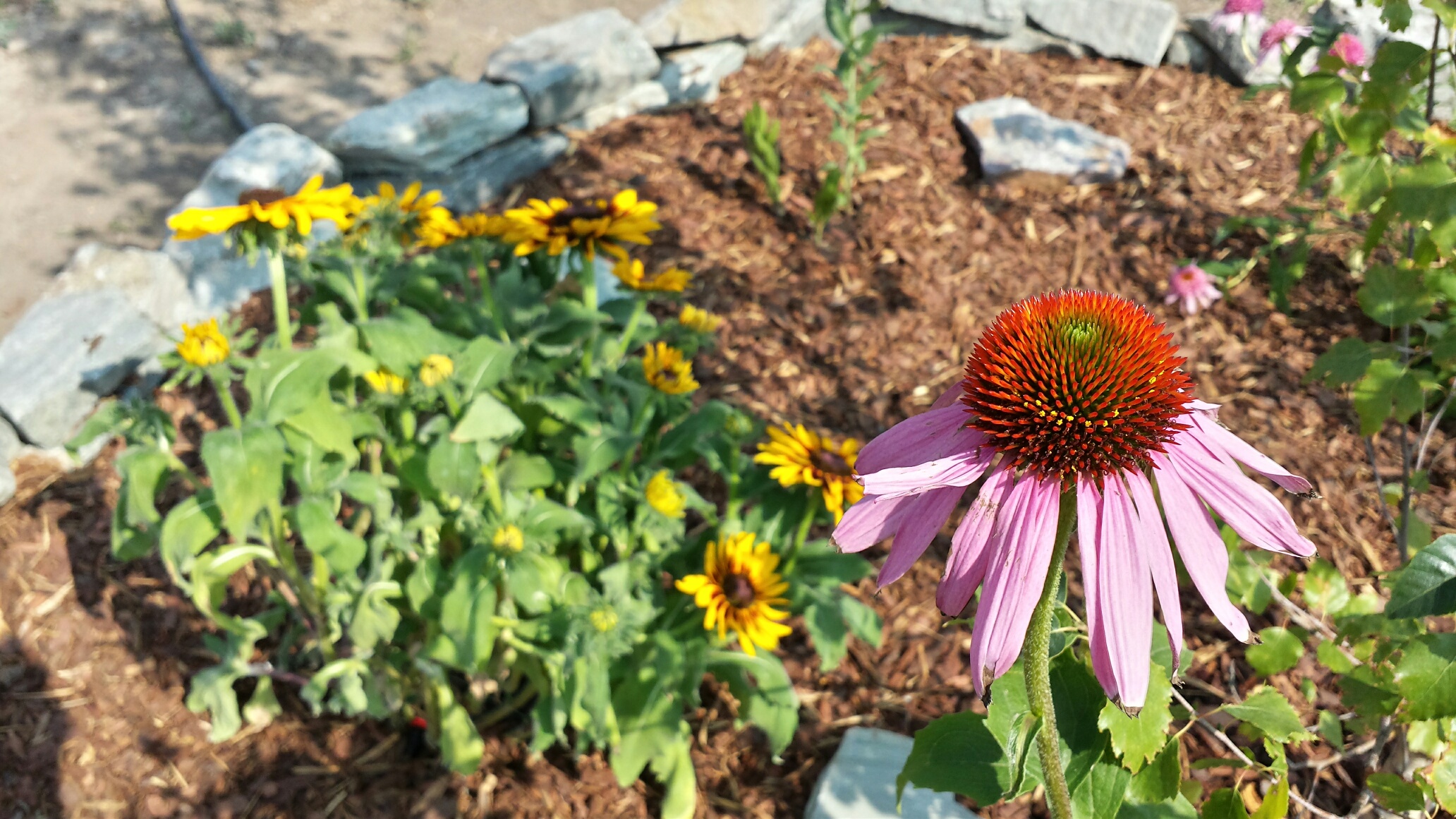

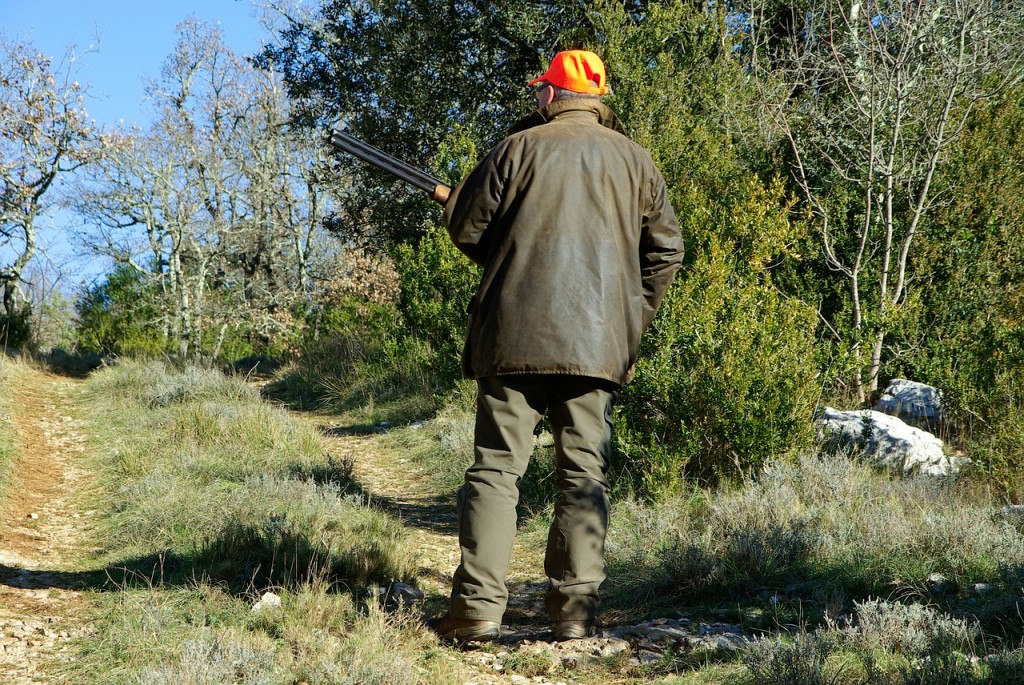
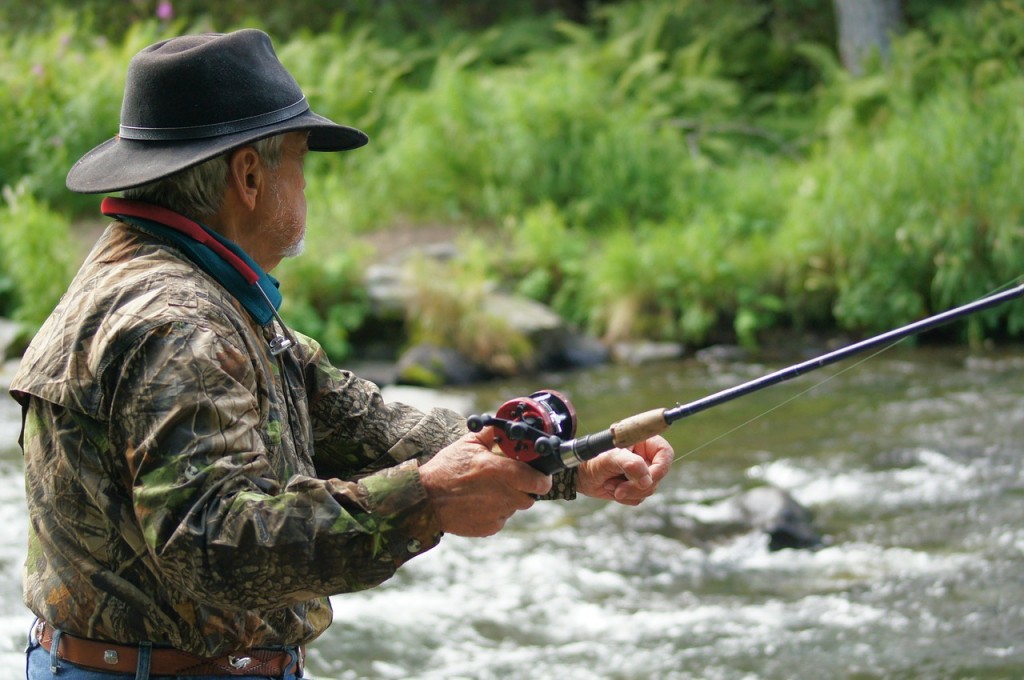
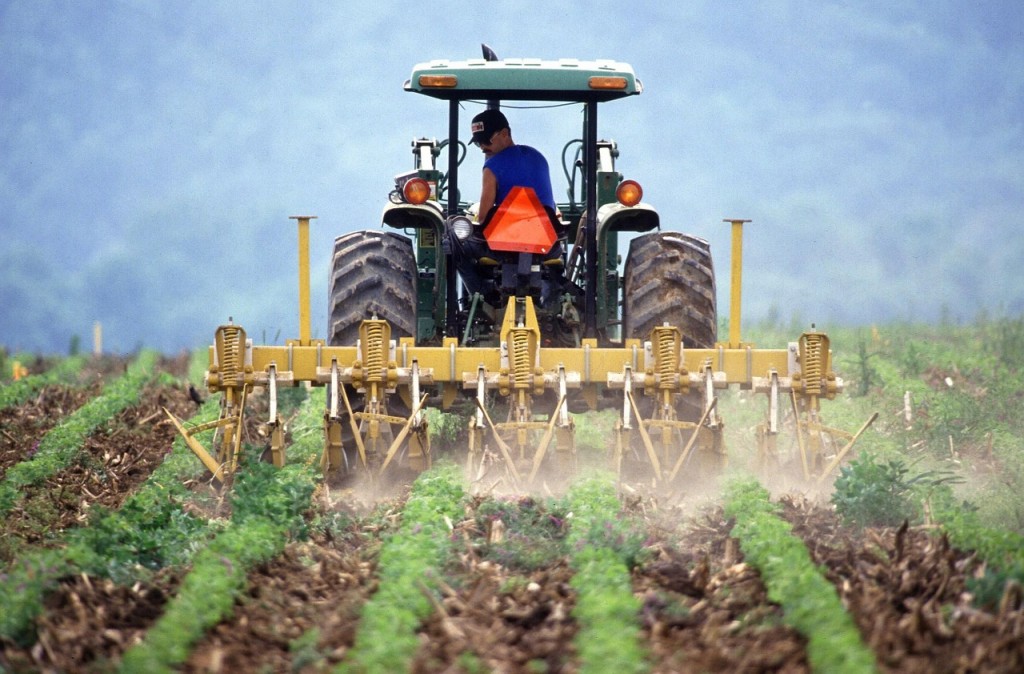
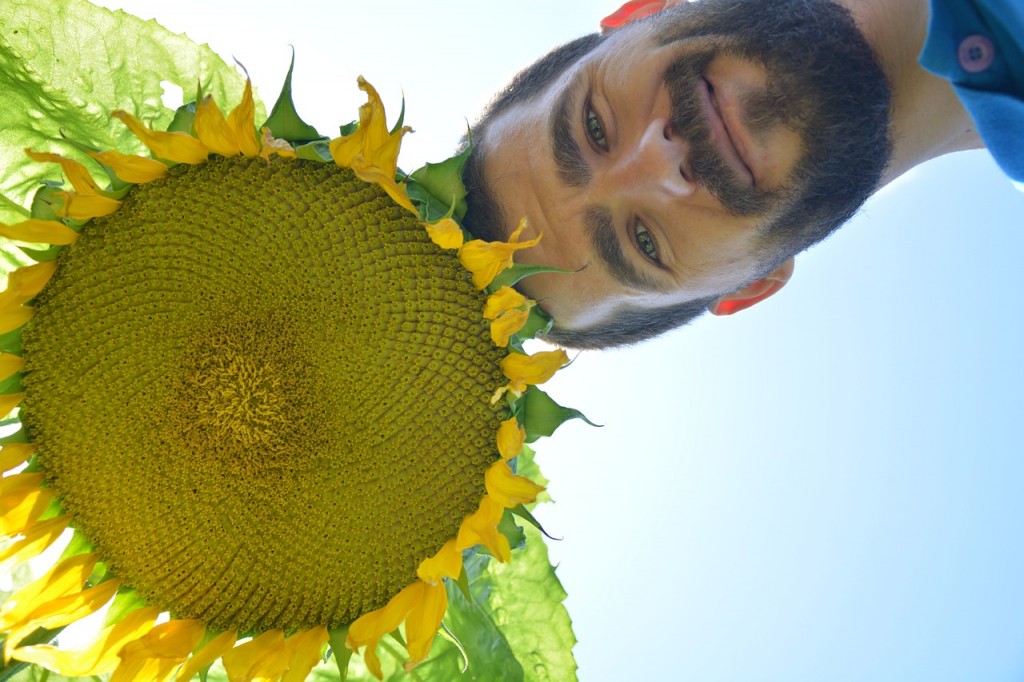
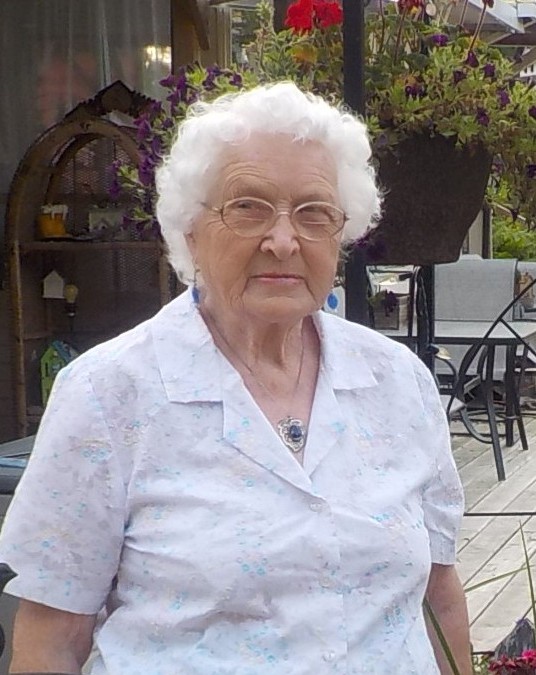
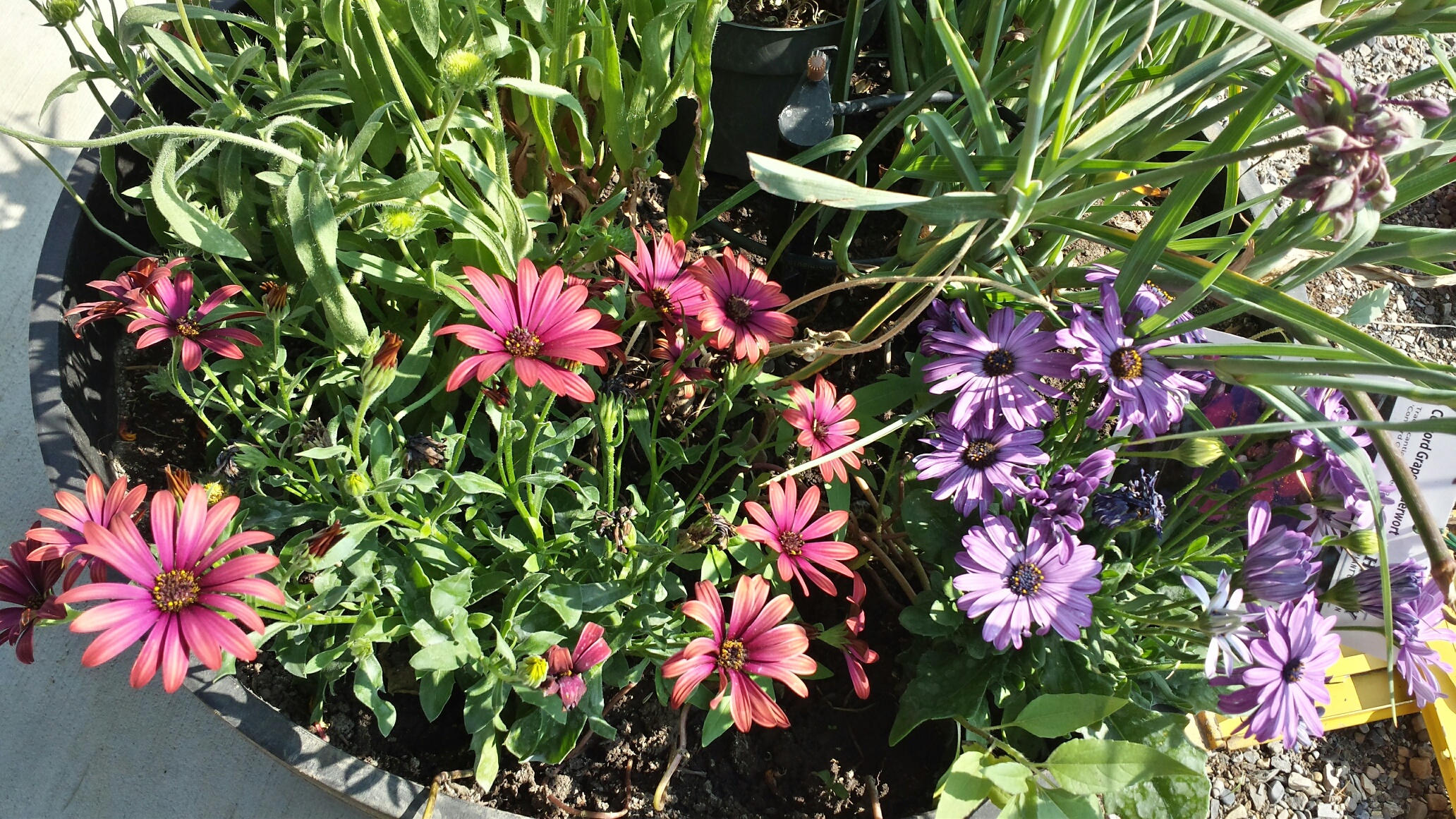
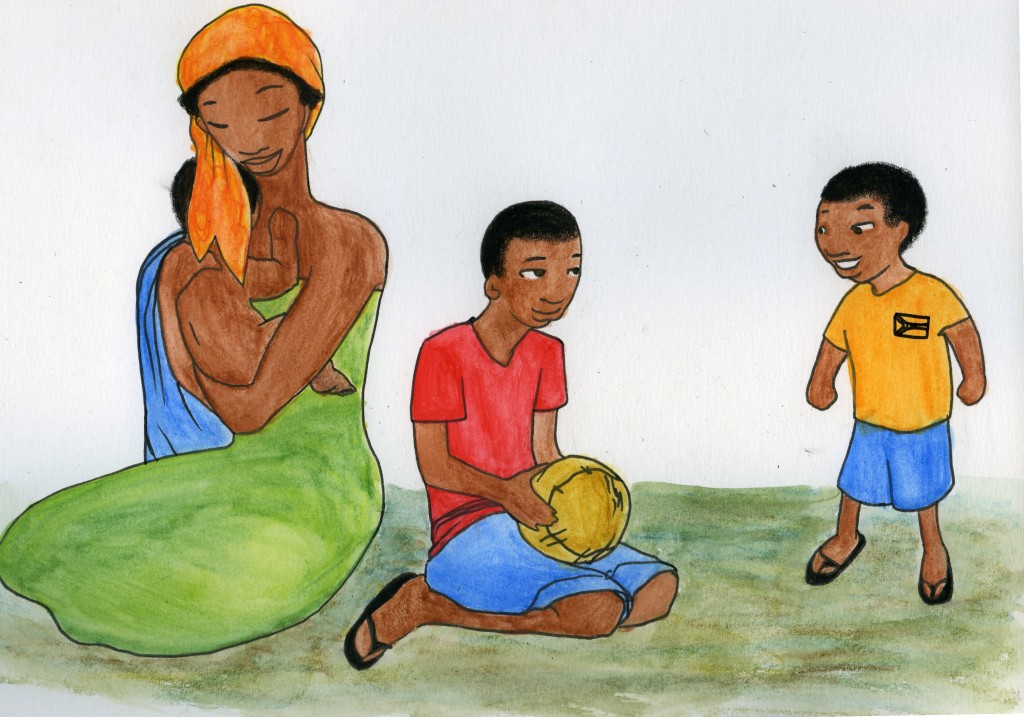 This is Meg. Meg lives in South Africa. She has three kids.
This is Meg. Meg lives in South Africa. She has three kids.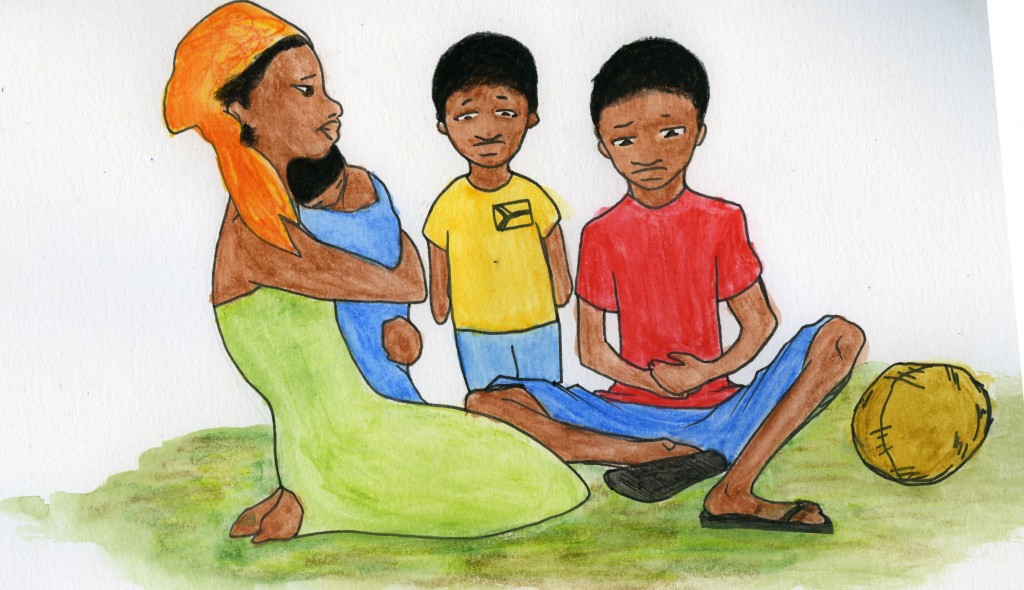 It is hard to feed her kids. White people own most of the farmland in South Africa. Meg does not have land for a garden. Food costs a lot of money.
It is hard to feed her kids. White people own most of the farmland in South Africa. Meg does not have land for a garden. Food costs a lot of money.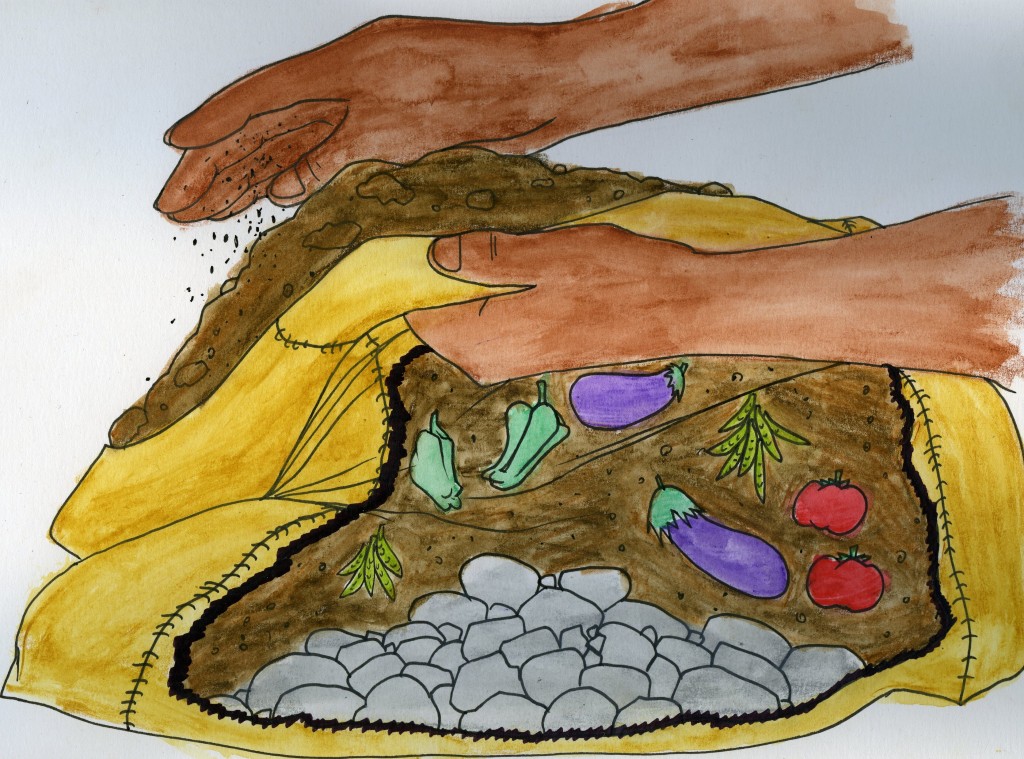 But Meg has a very good way to grow food. She finds a big sack.
But Meg has a very good way to grow food. She finds a big sack. 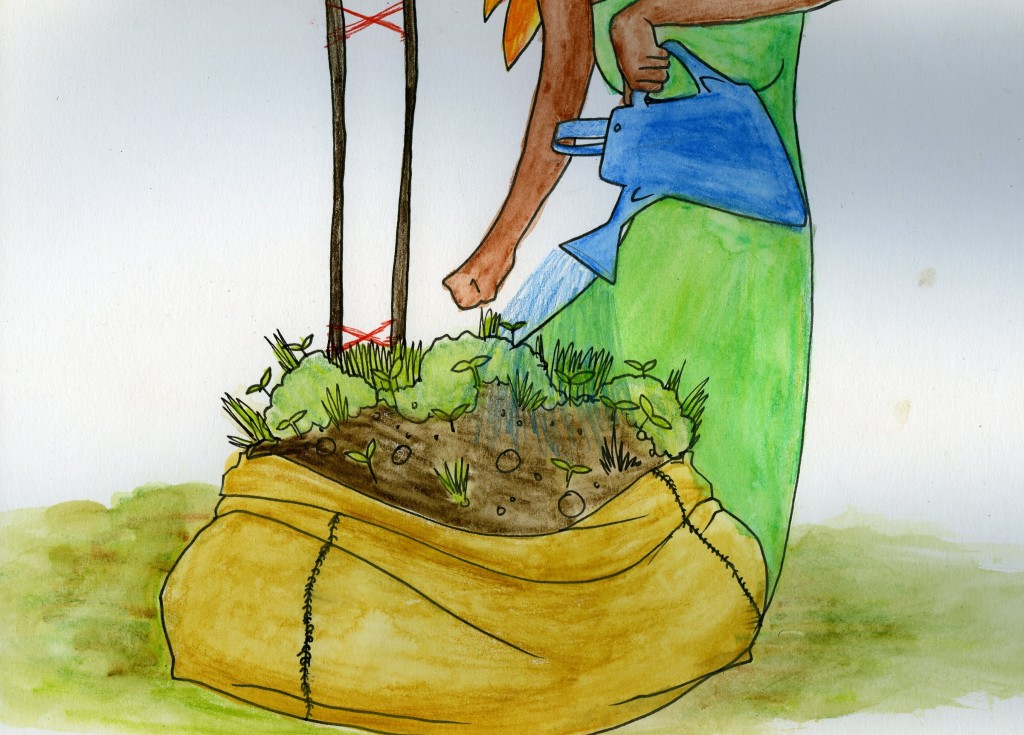 Her garden does not need much water. Her garden does not need much room. Her garden does not cost much money to make. Her garden does not have many weeds.
Her garden does not need much water. Her garden does not need much room. Her garden does not cost much money to make. Her garden does not have many weeds.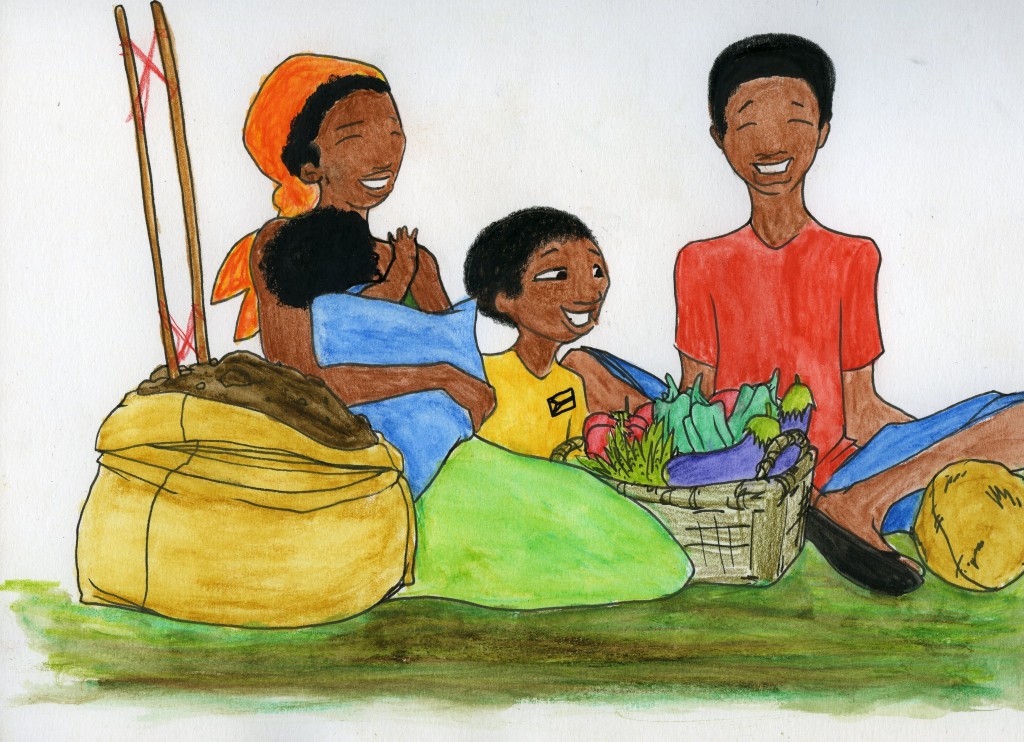 Now Meg can feed her kids.
Now Meg can feed her kids.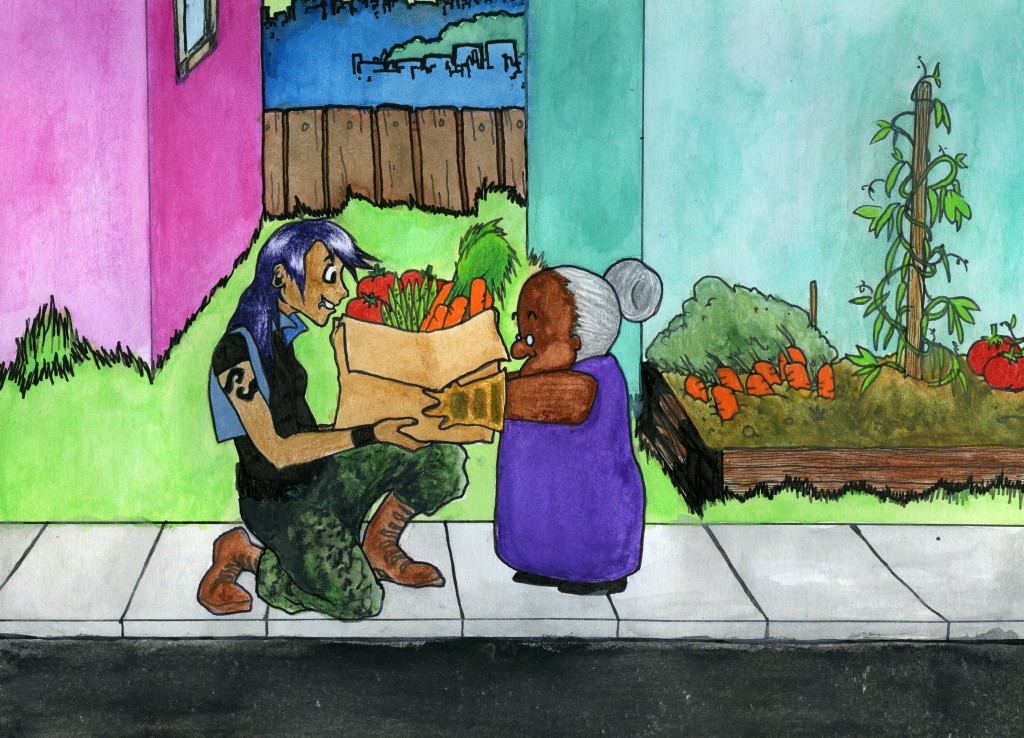
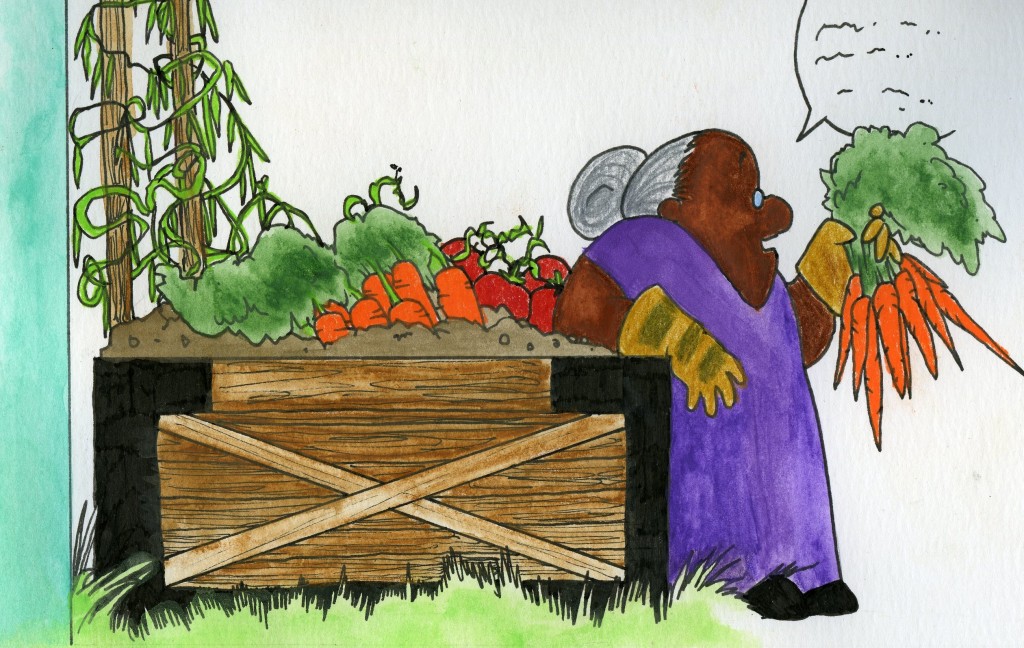
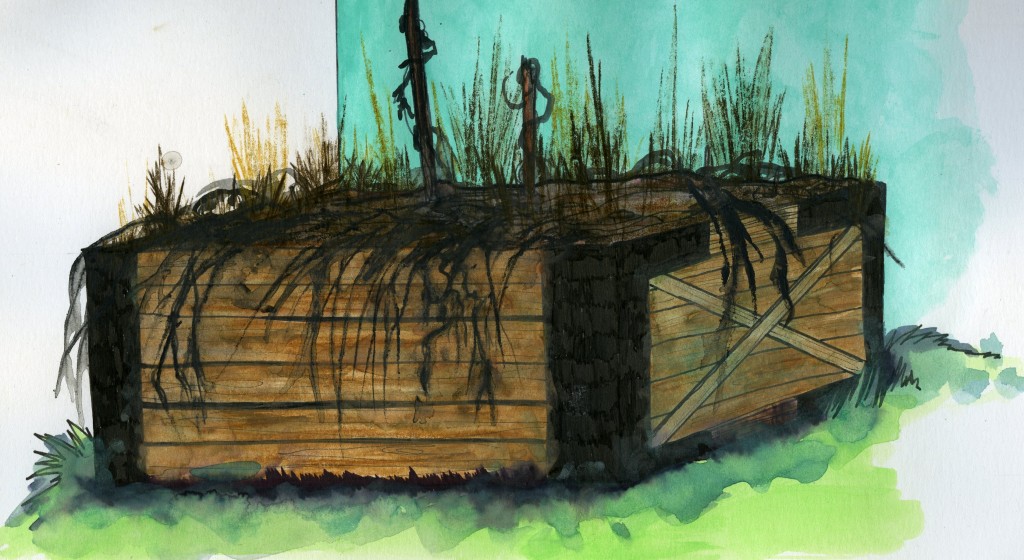
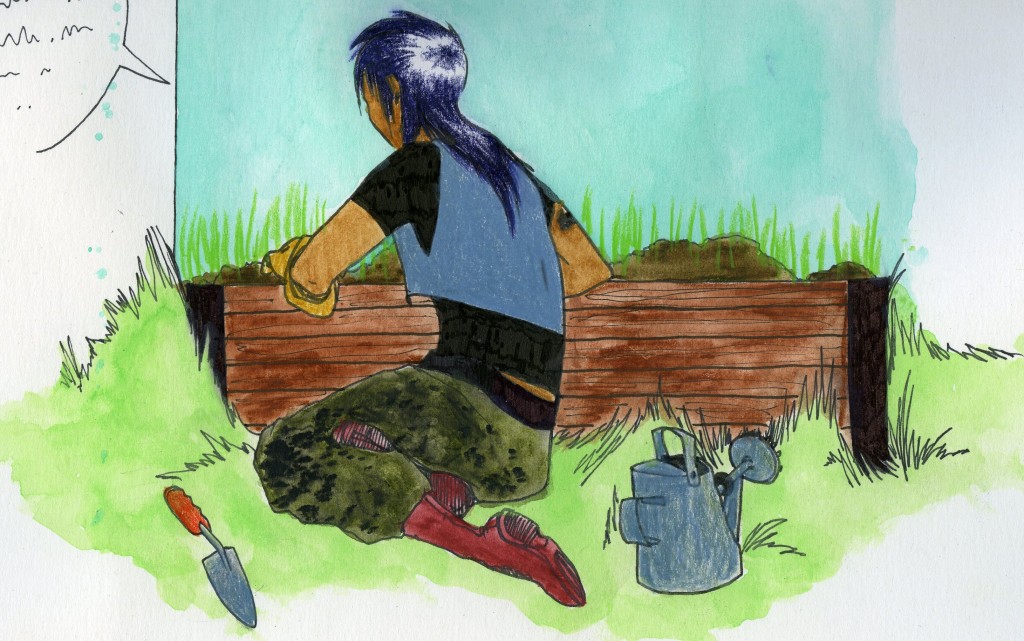
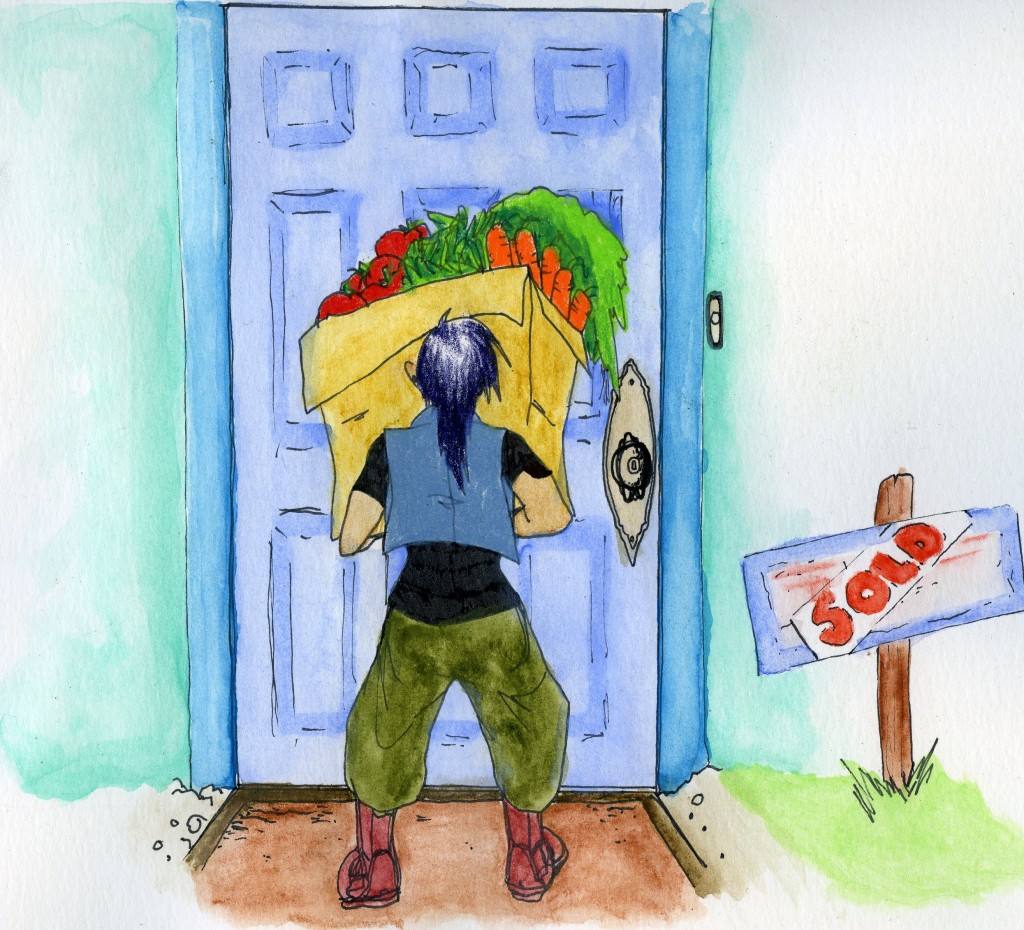 Then a family moves next door. They are new to the city. They do not know anyone. And I give them a big box of vegetables from Val’s garden.
Then a family moves next door. They are new to the city. They do not know anyone. And I give them a big box of vegetables from Val’s garden.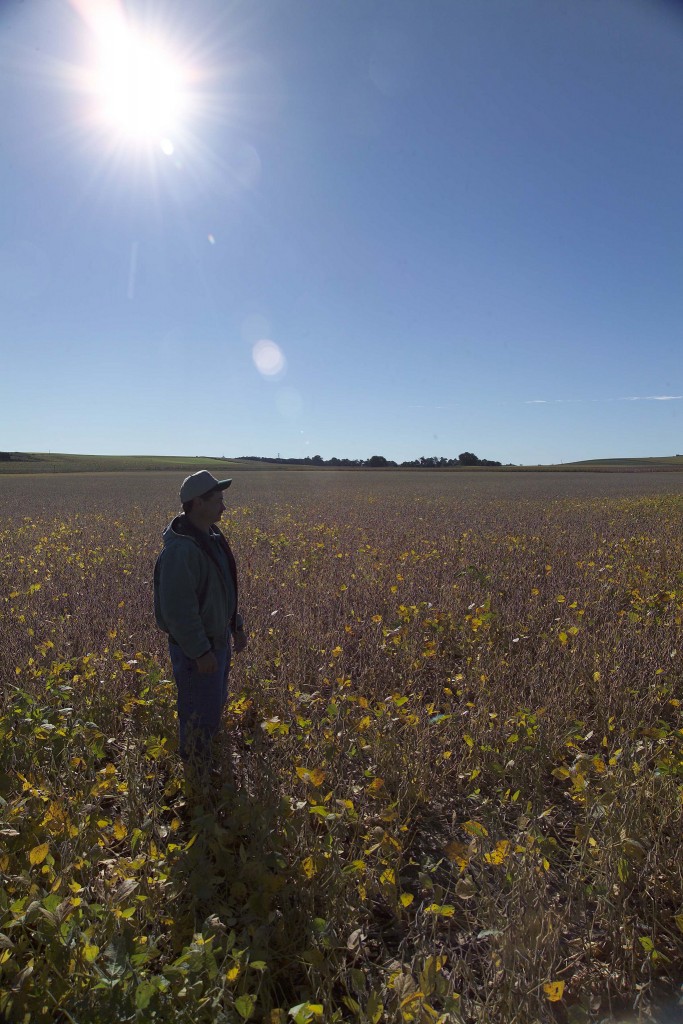
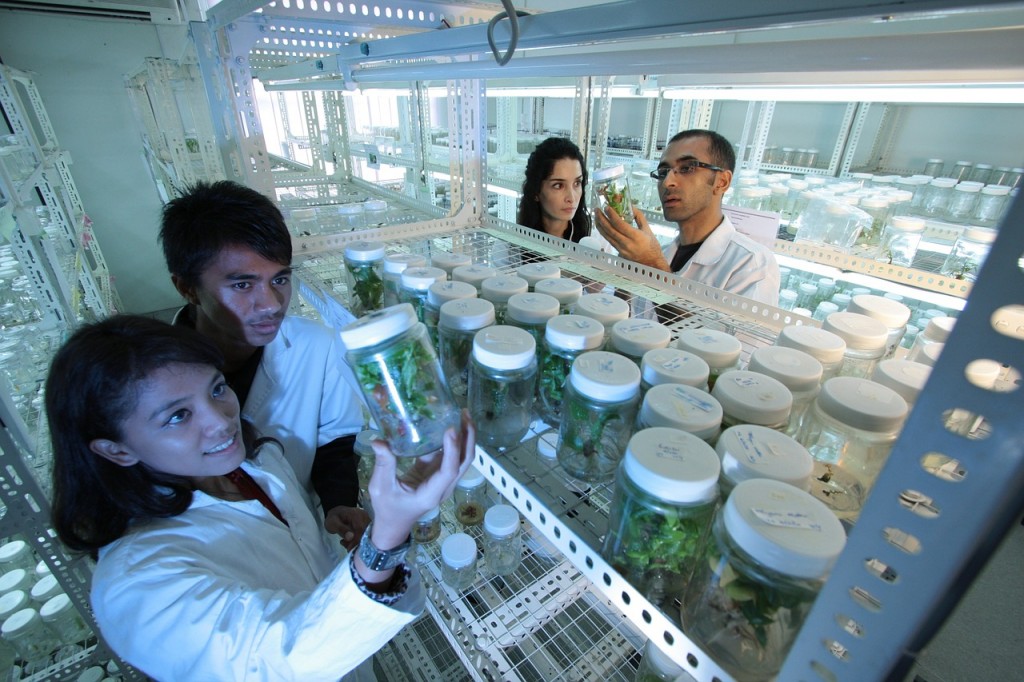
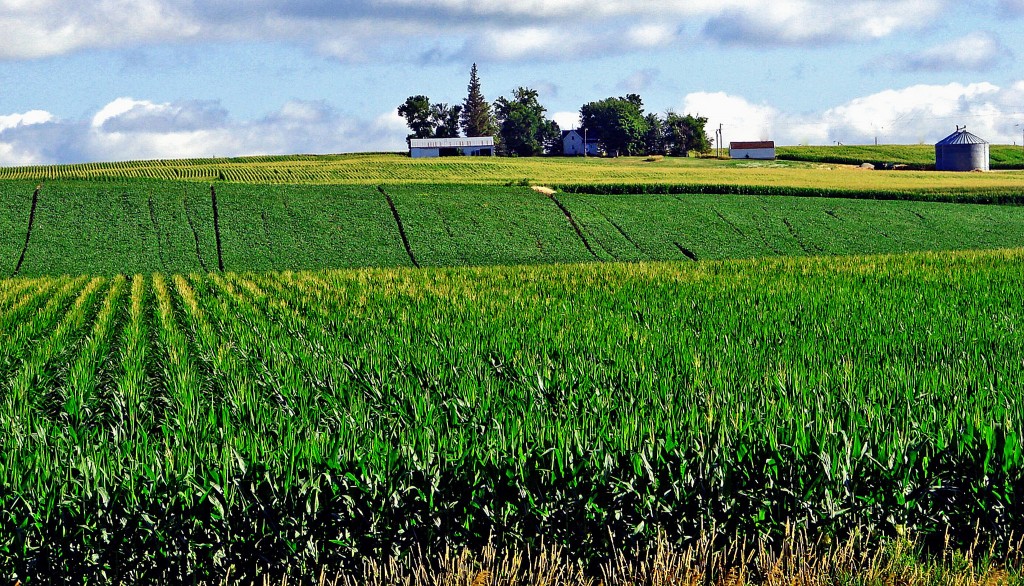
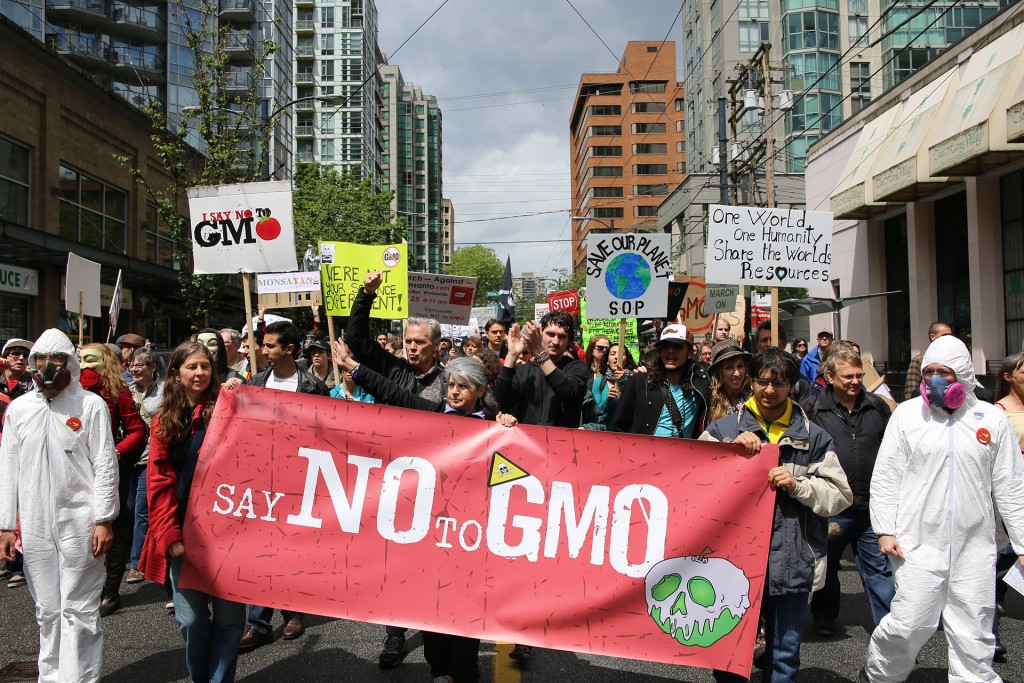

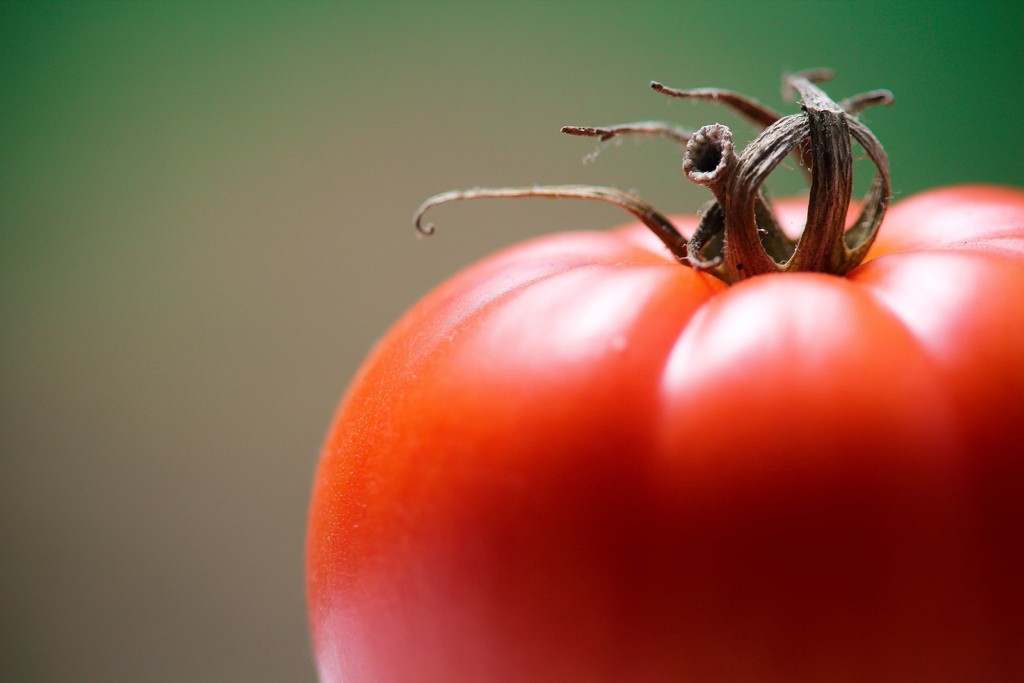
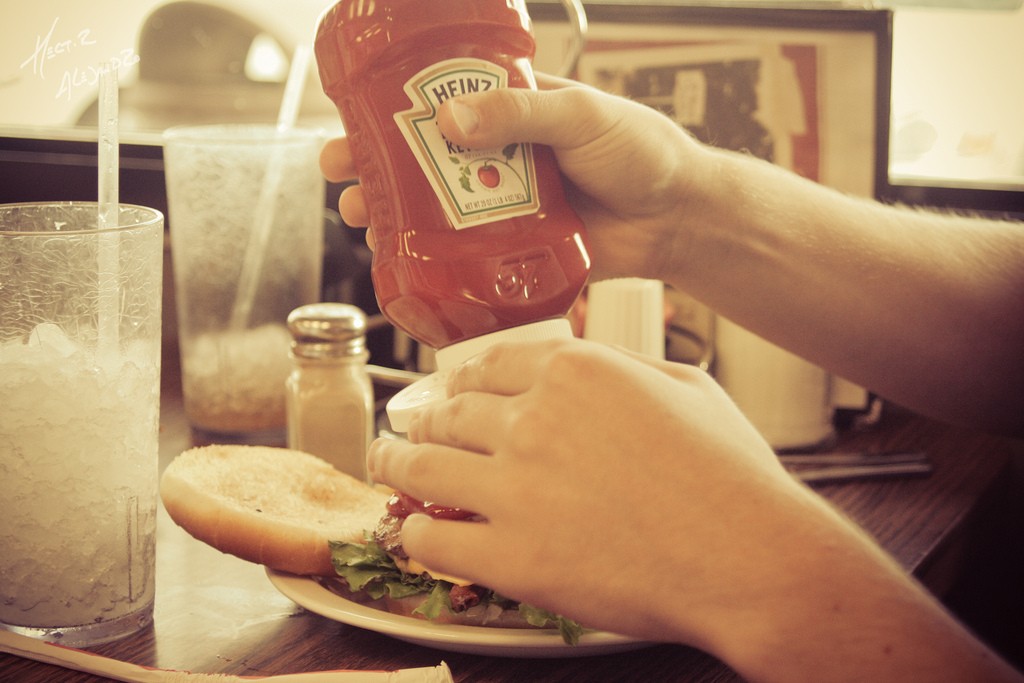
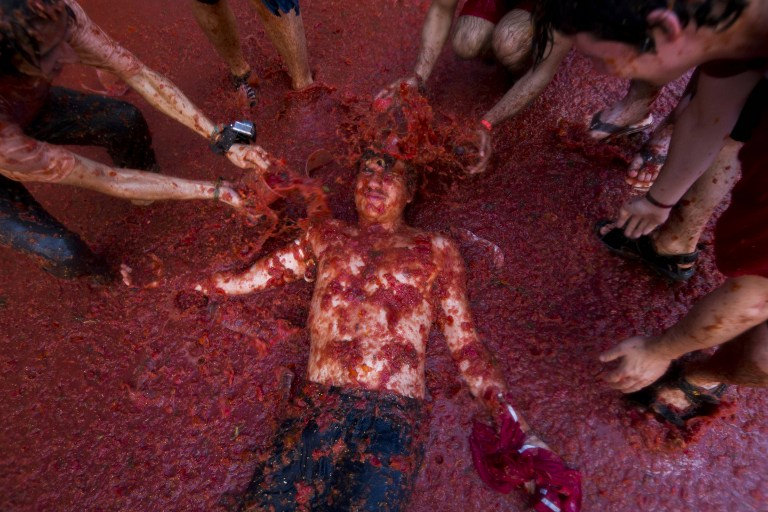
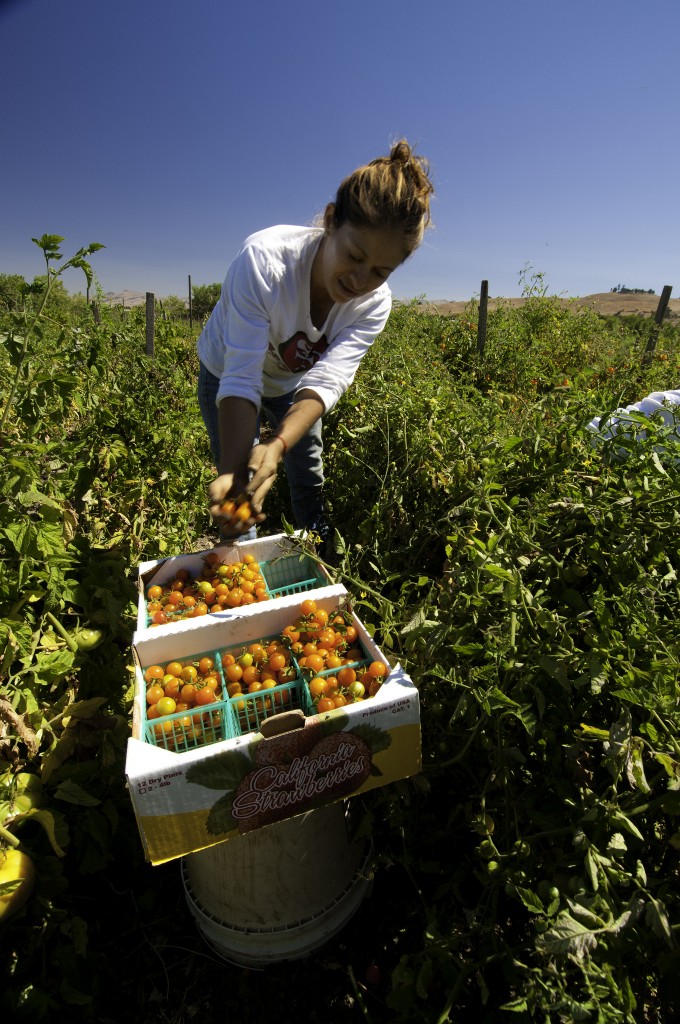
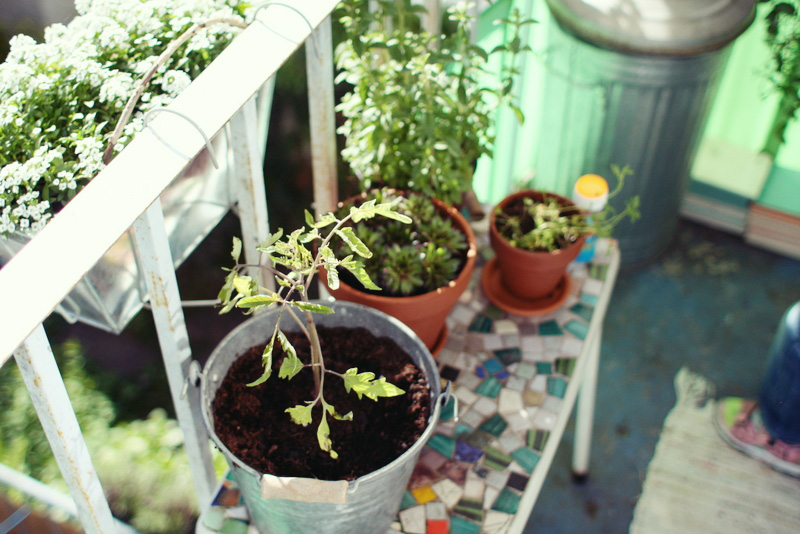
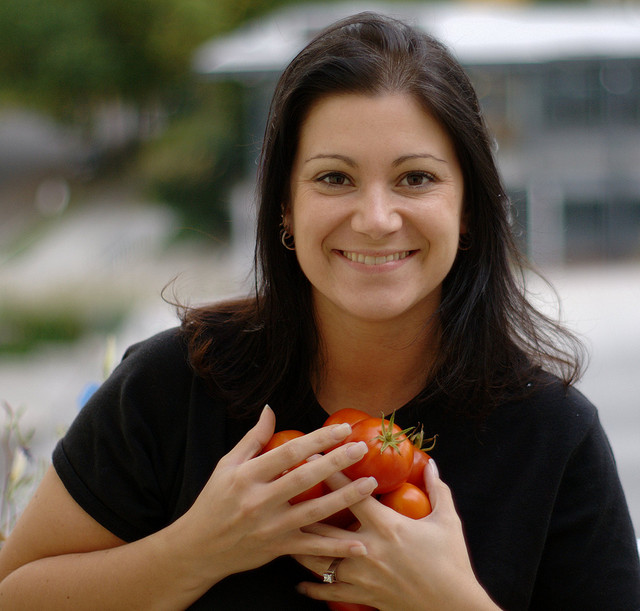
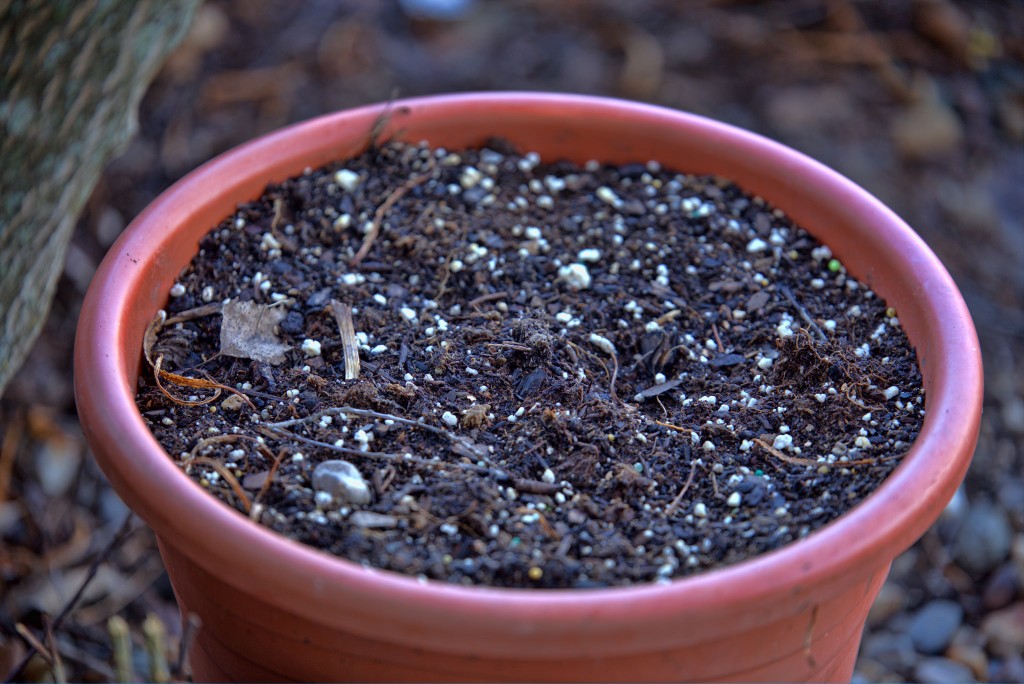
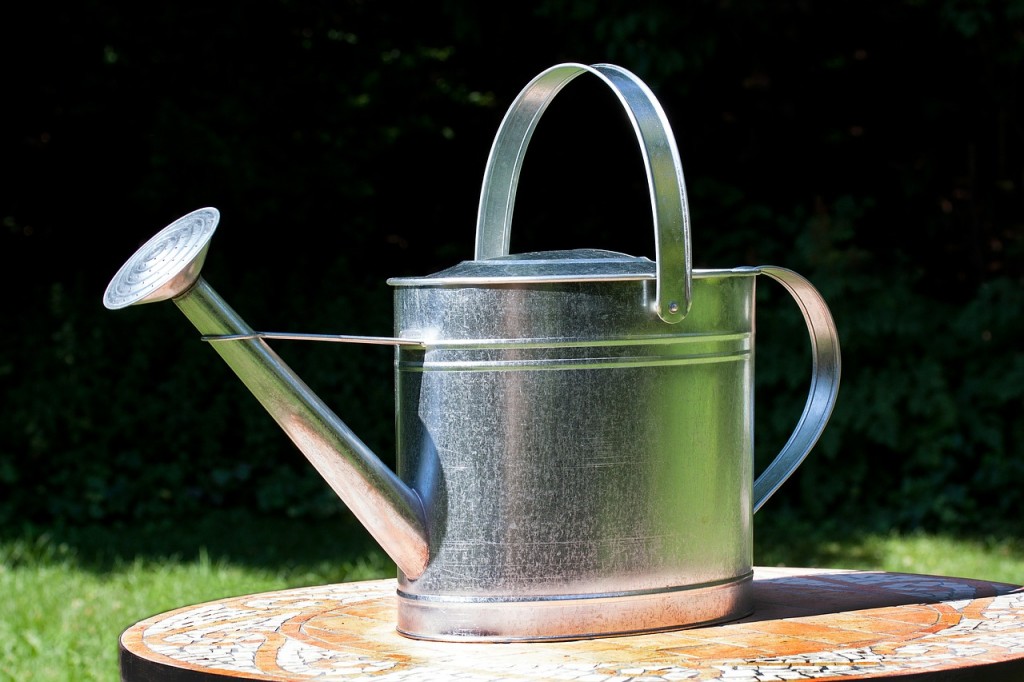
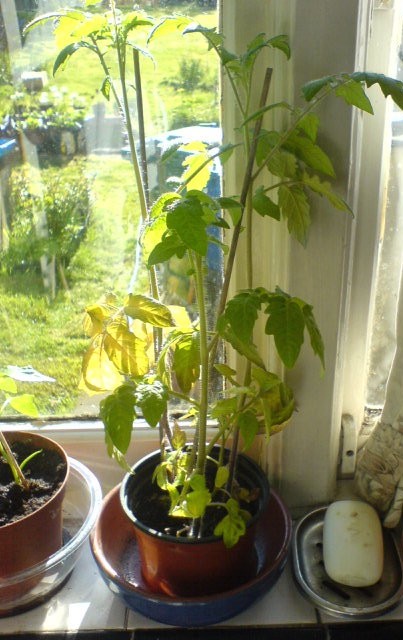
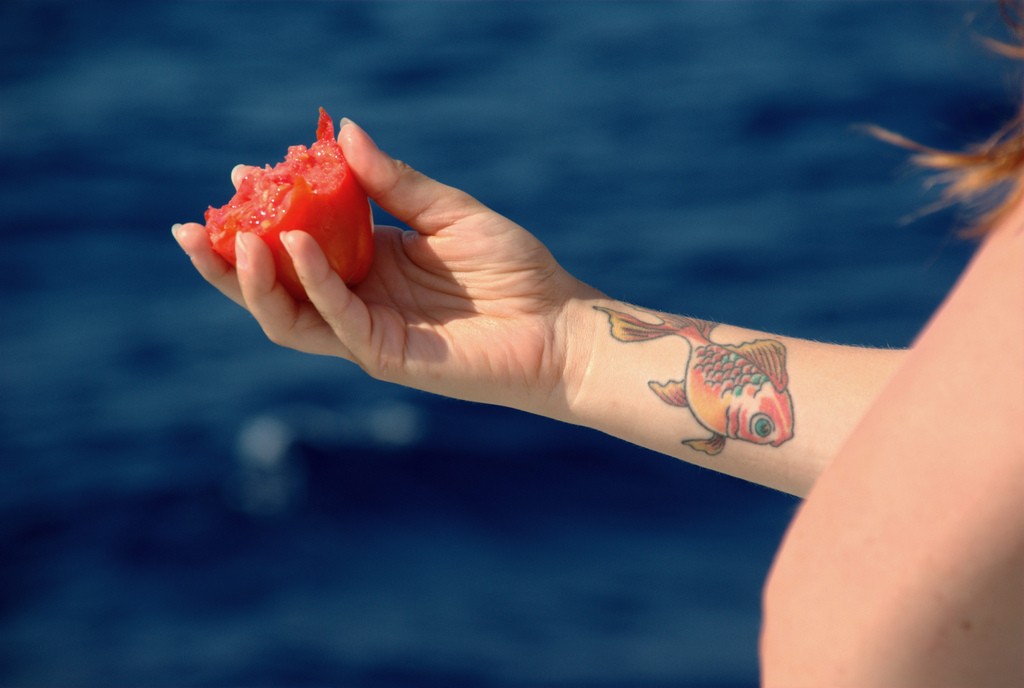
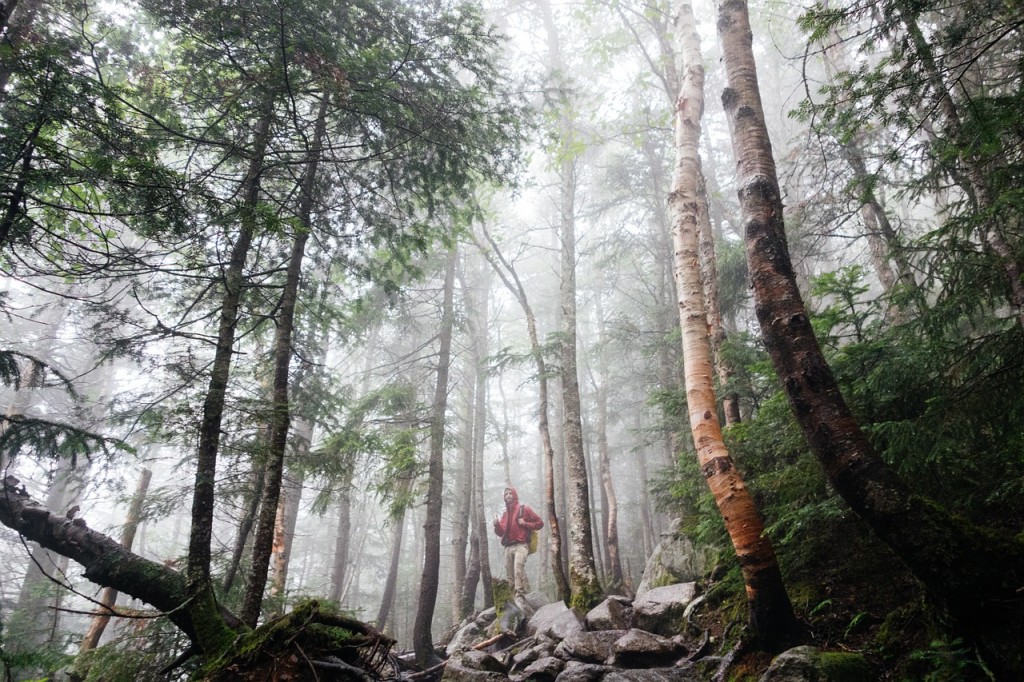
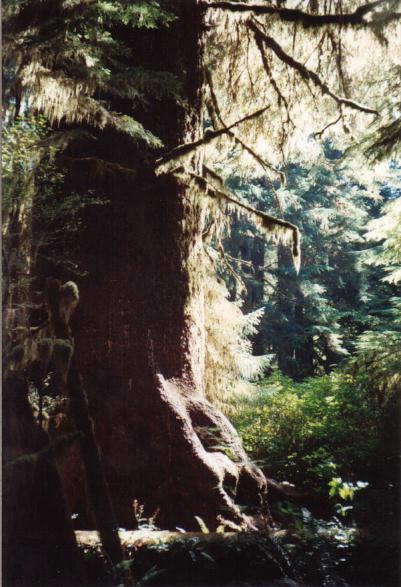
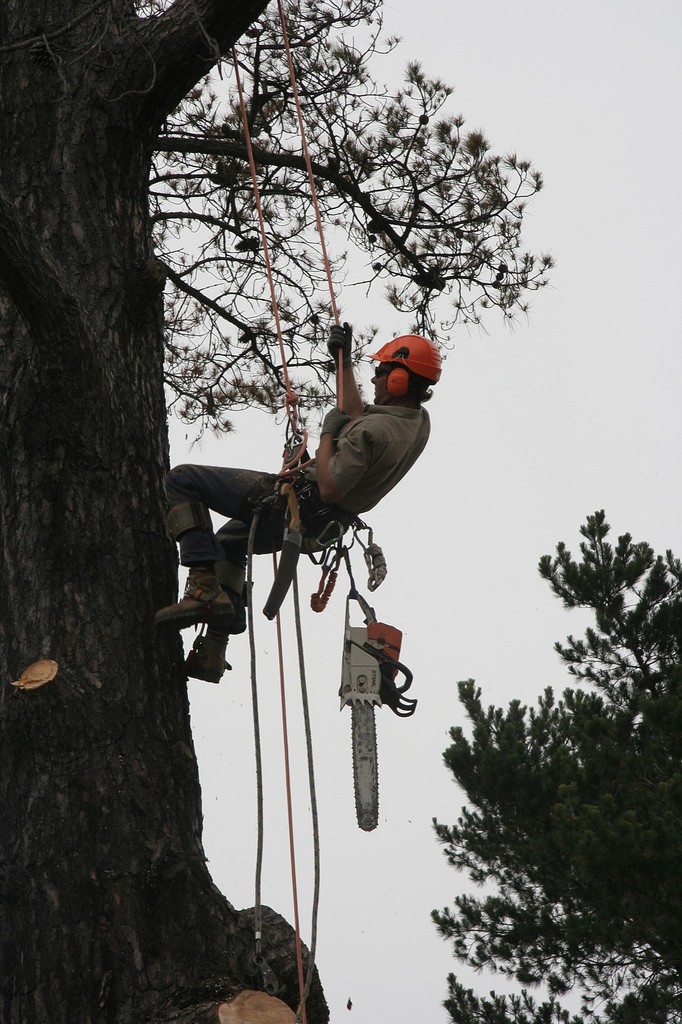
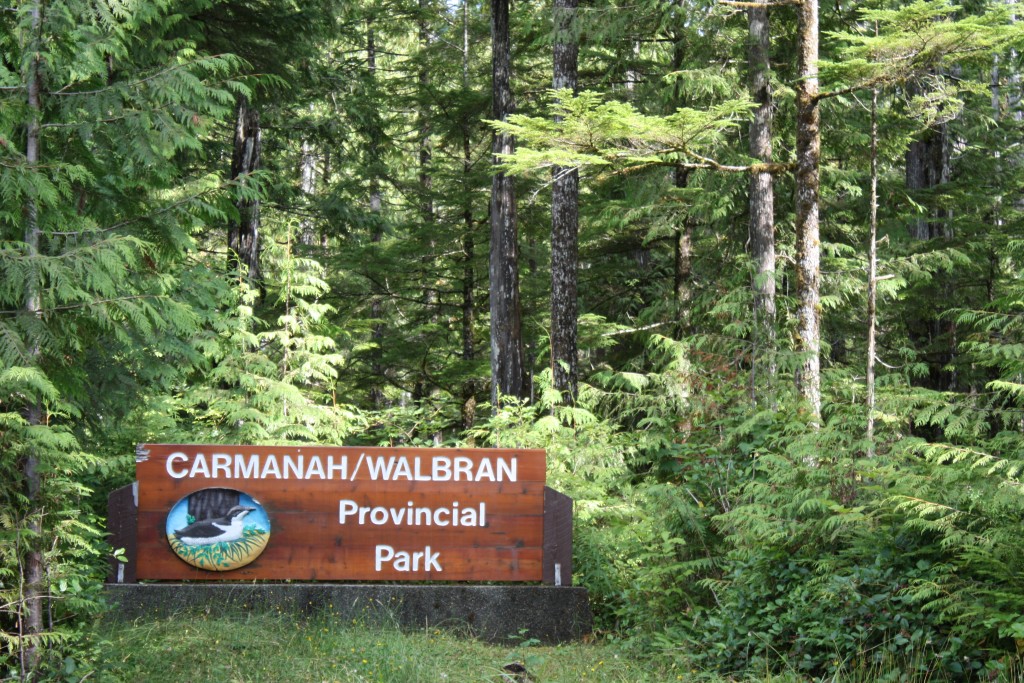
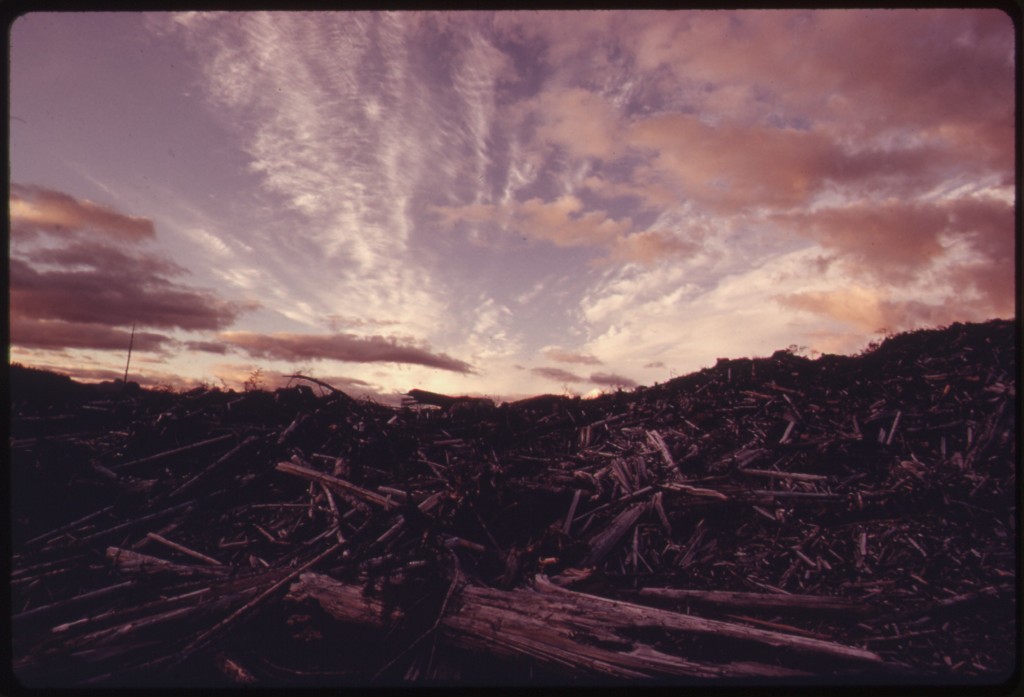
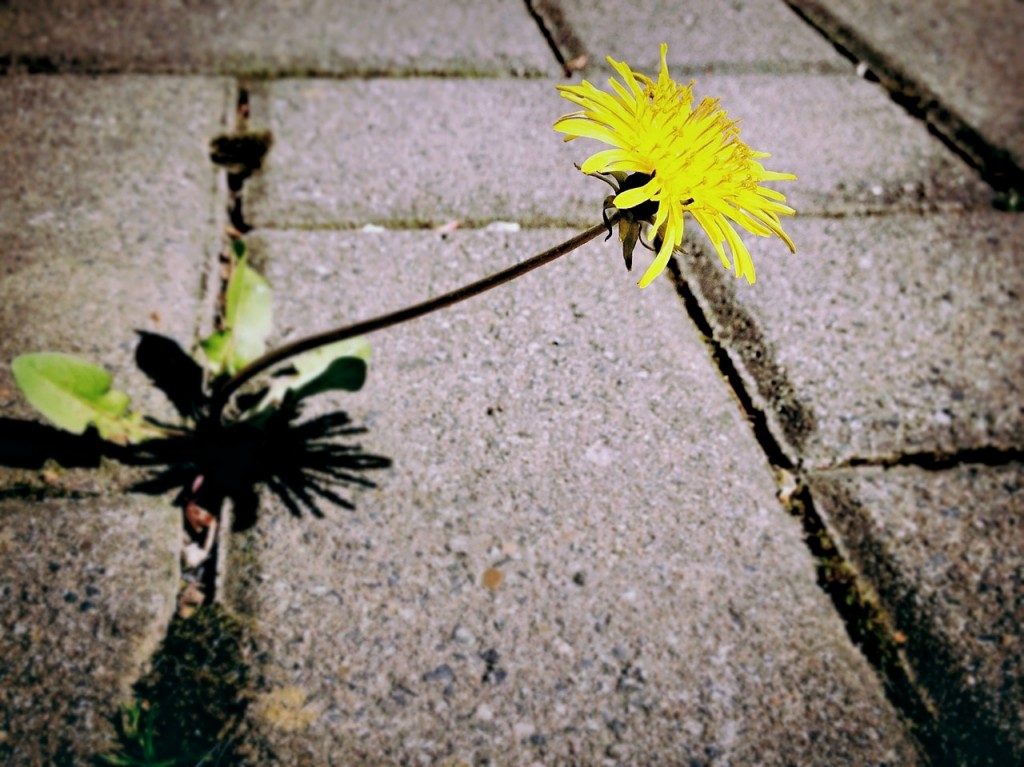
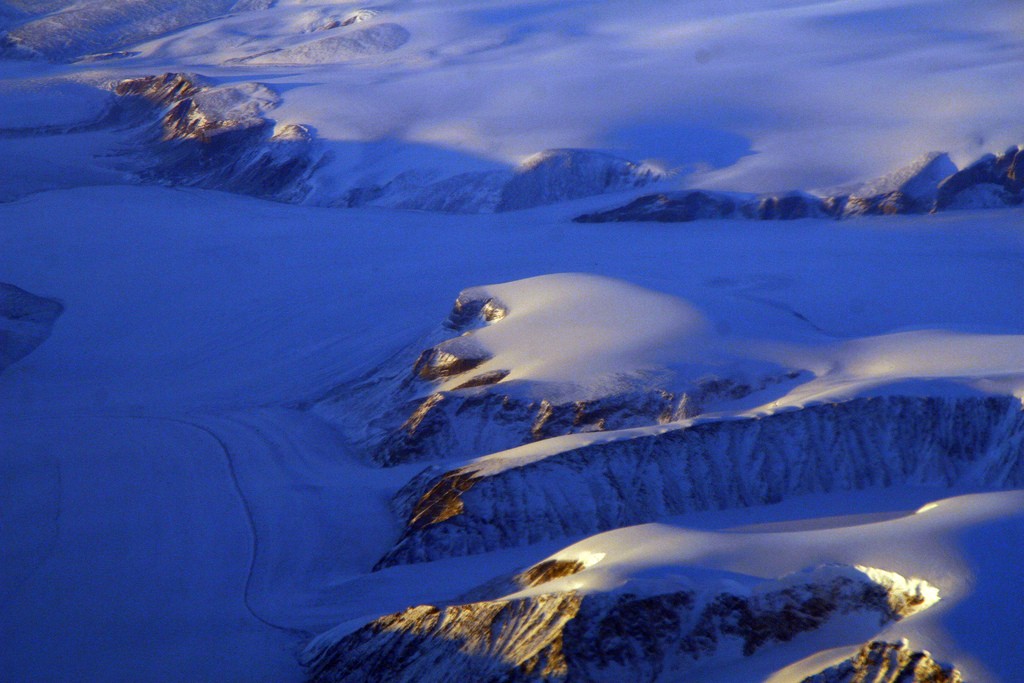
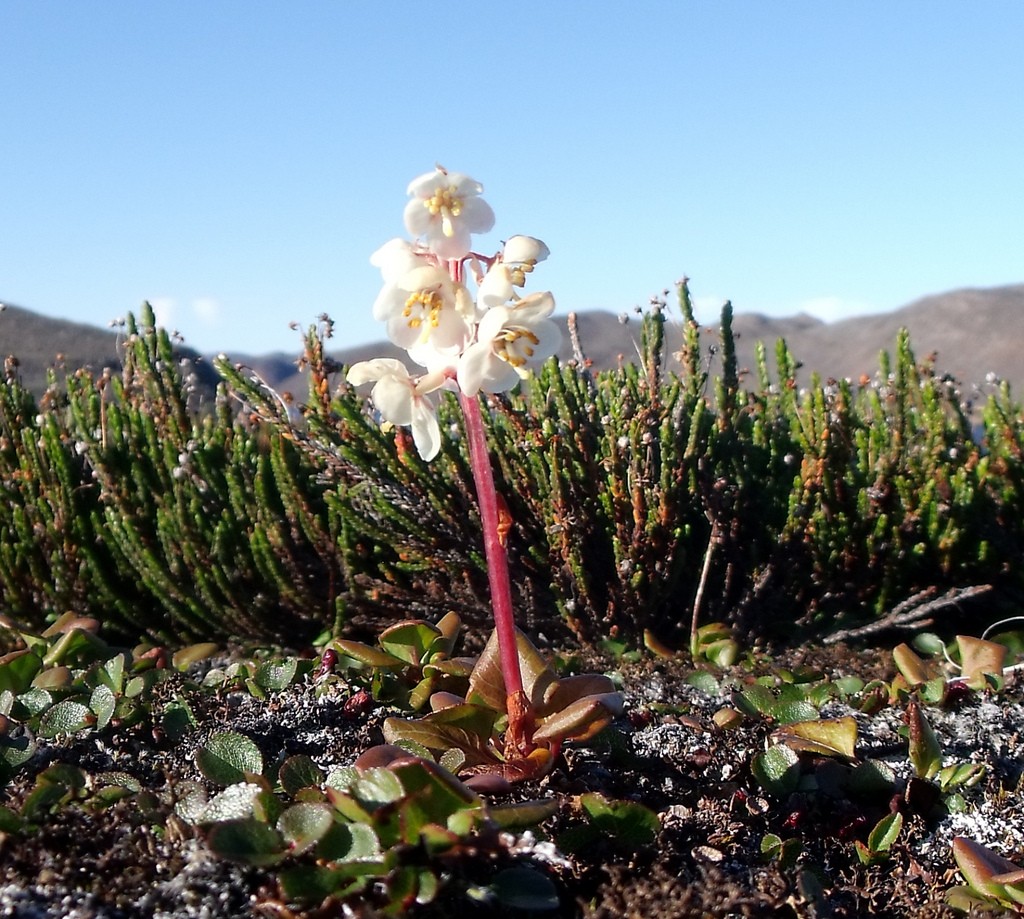
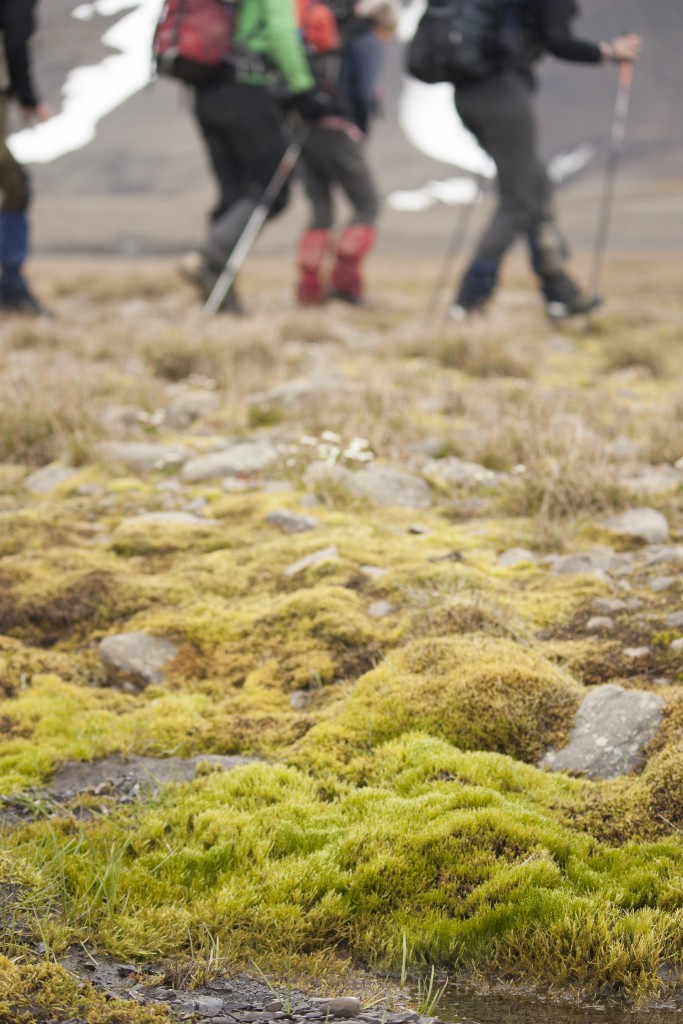
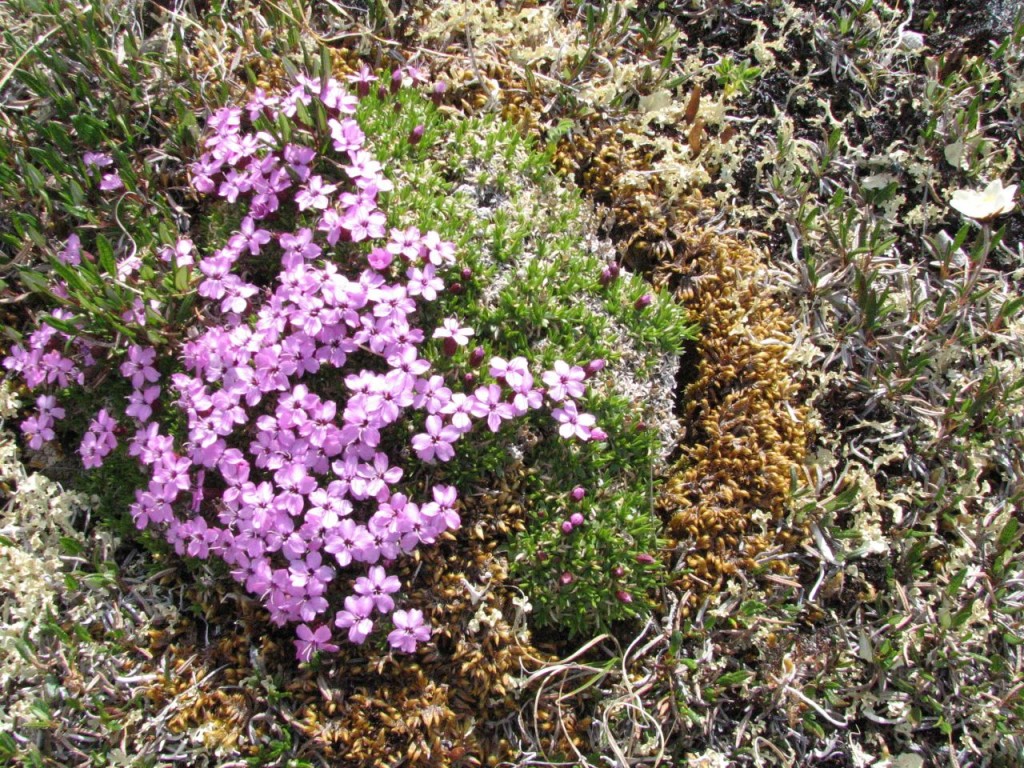
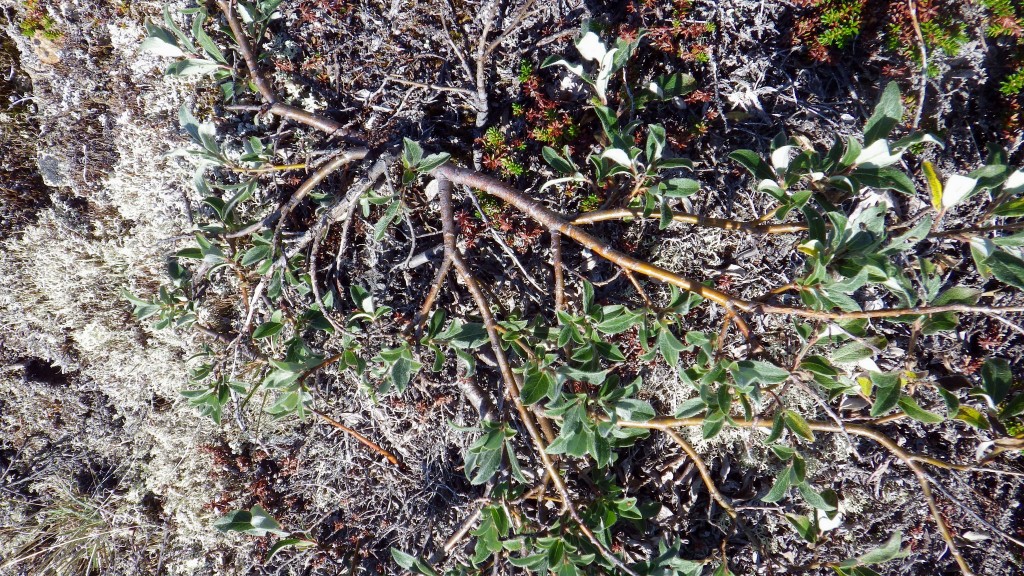
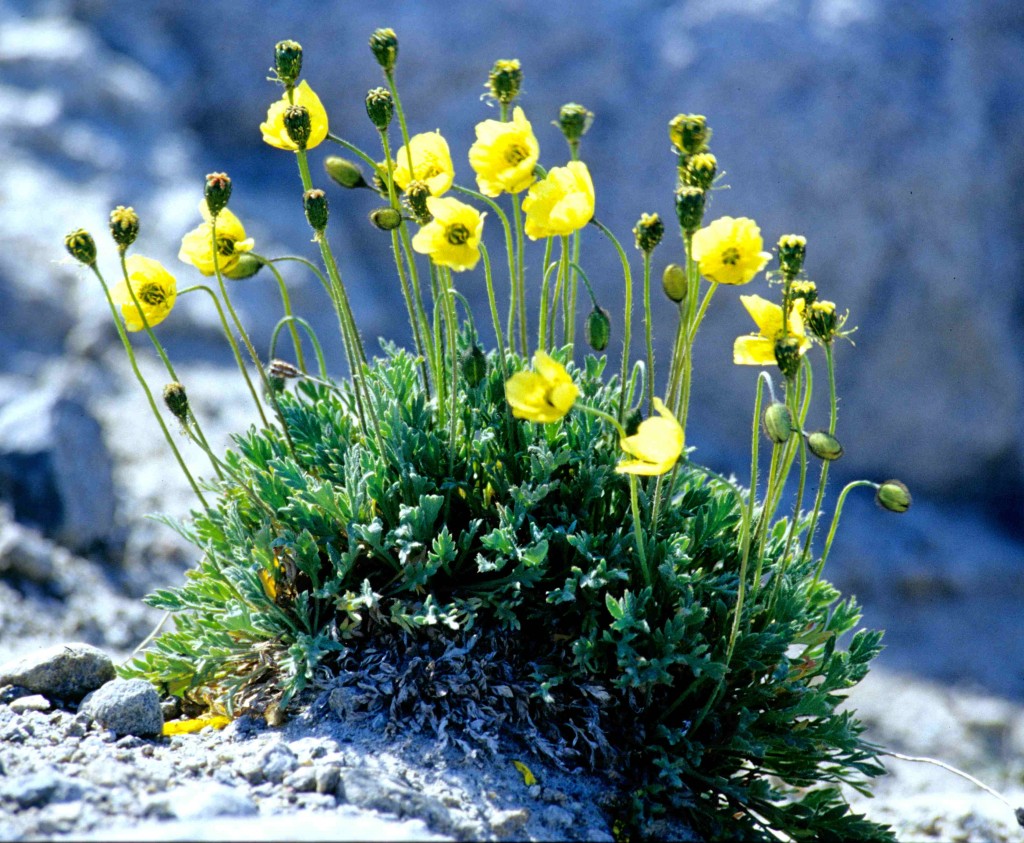
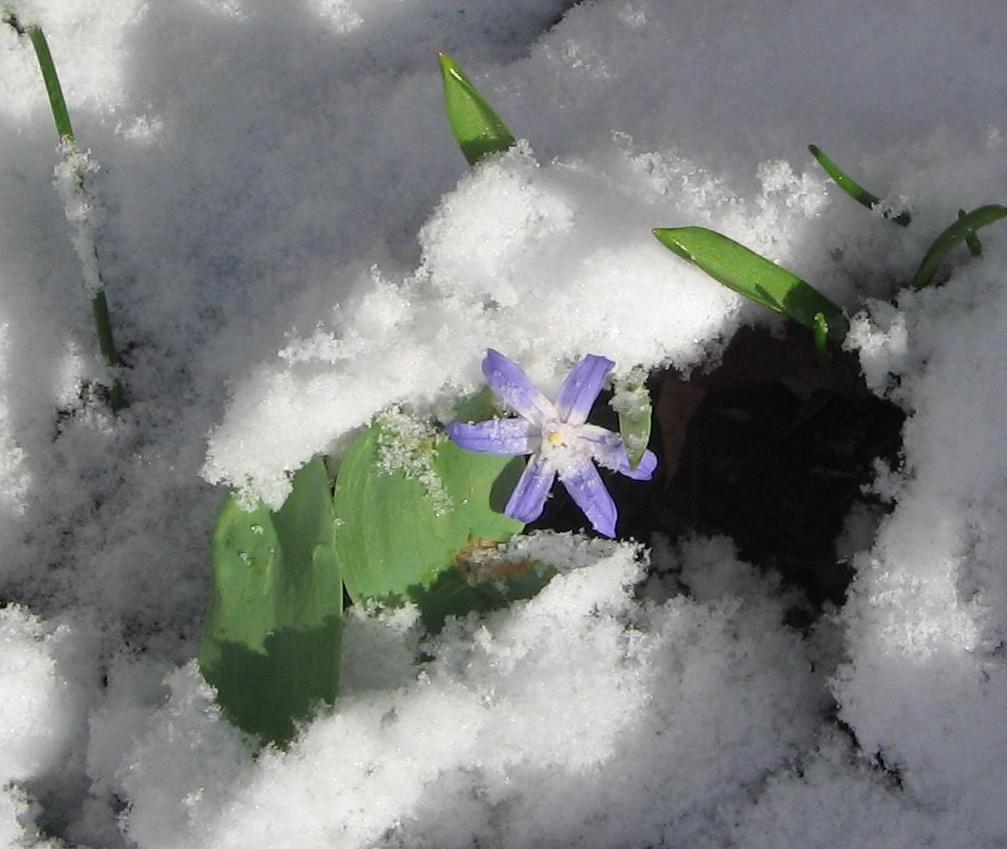
 Shantel Ivits is an instructor in the Basic Education Department at Vancouver Community College, on the unceded territories of the Musqueam, Squamish, and Tsleil-Waututh Nations.
Shantel Ivits is an instructor in the Basic Education Department at Vancouver Community College, on the unceded territories of the Musqueam, Squamish, and Tsleil-Waututh Nations.